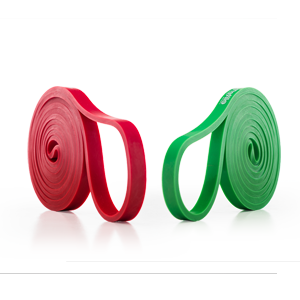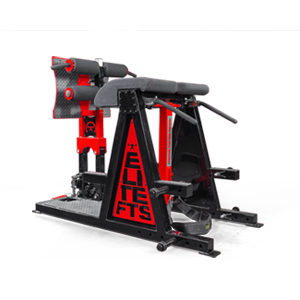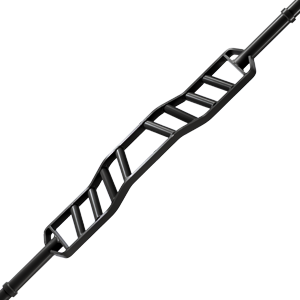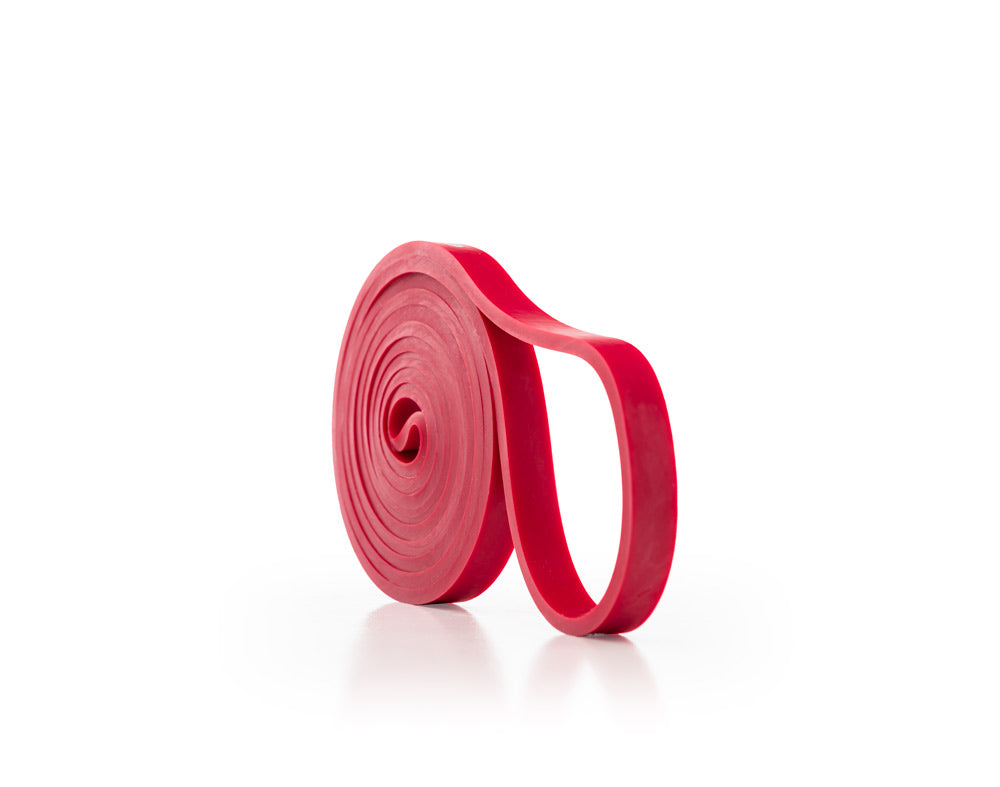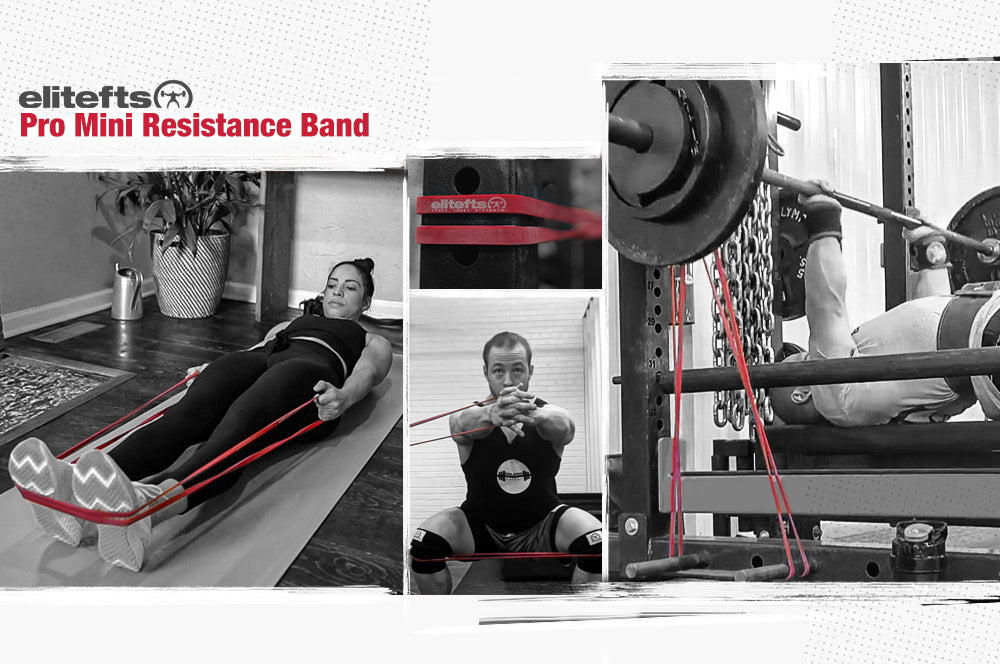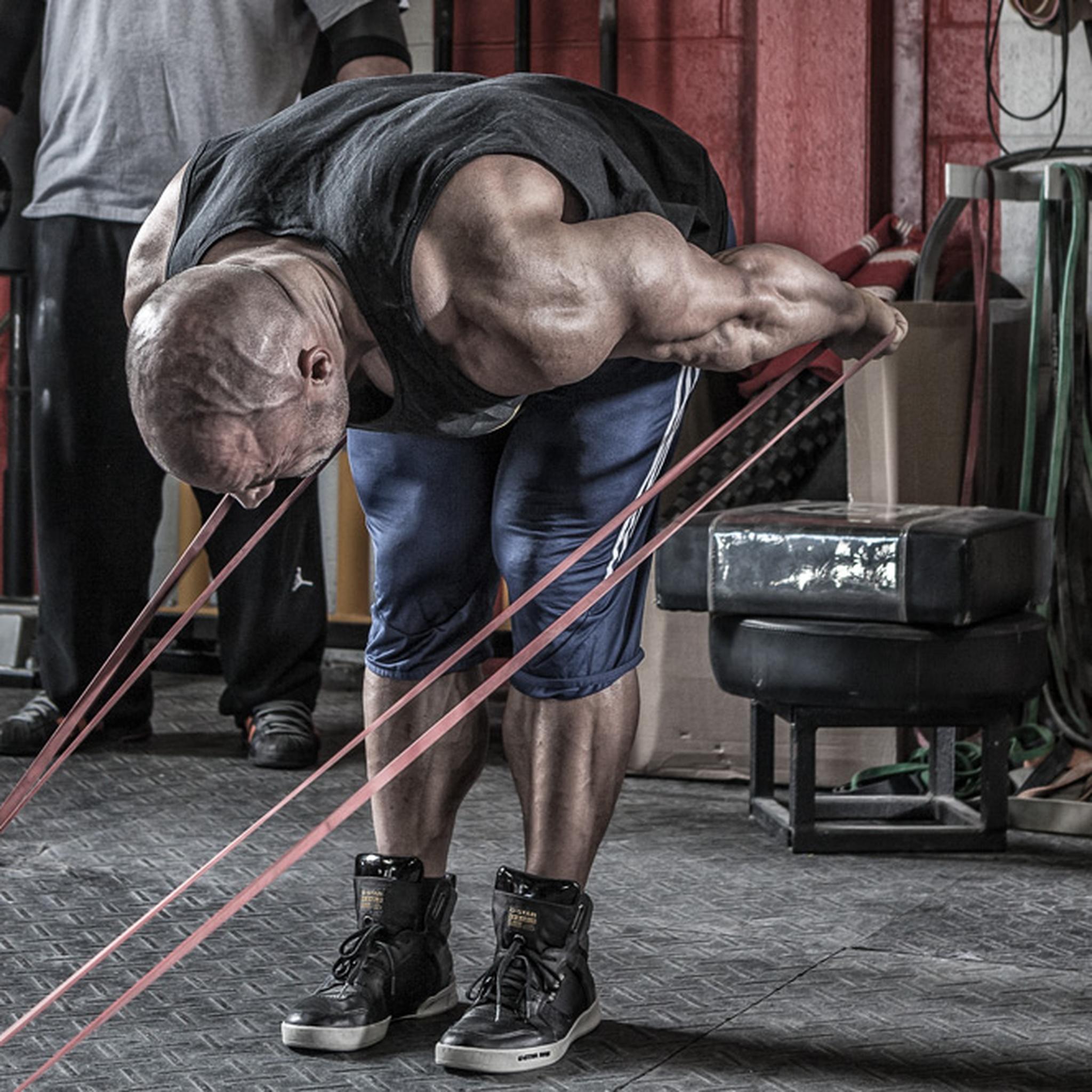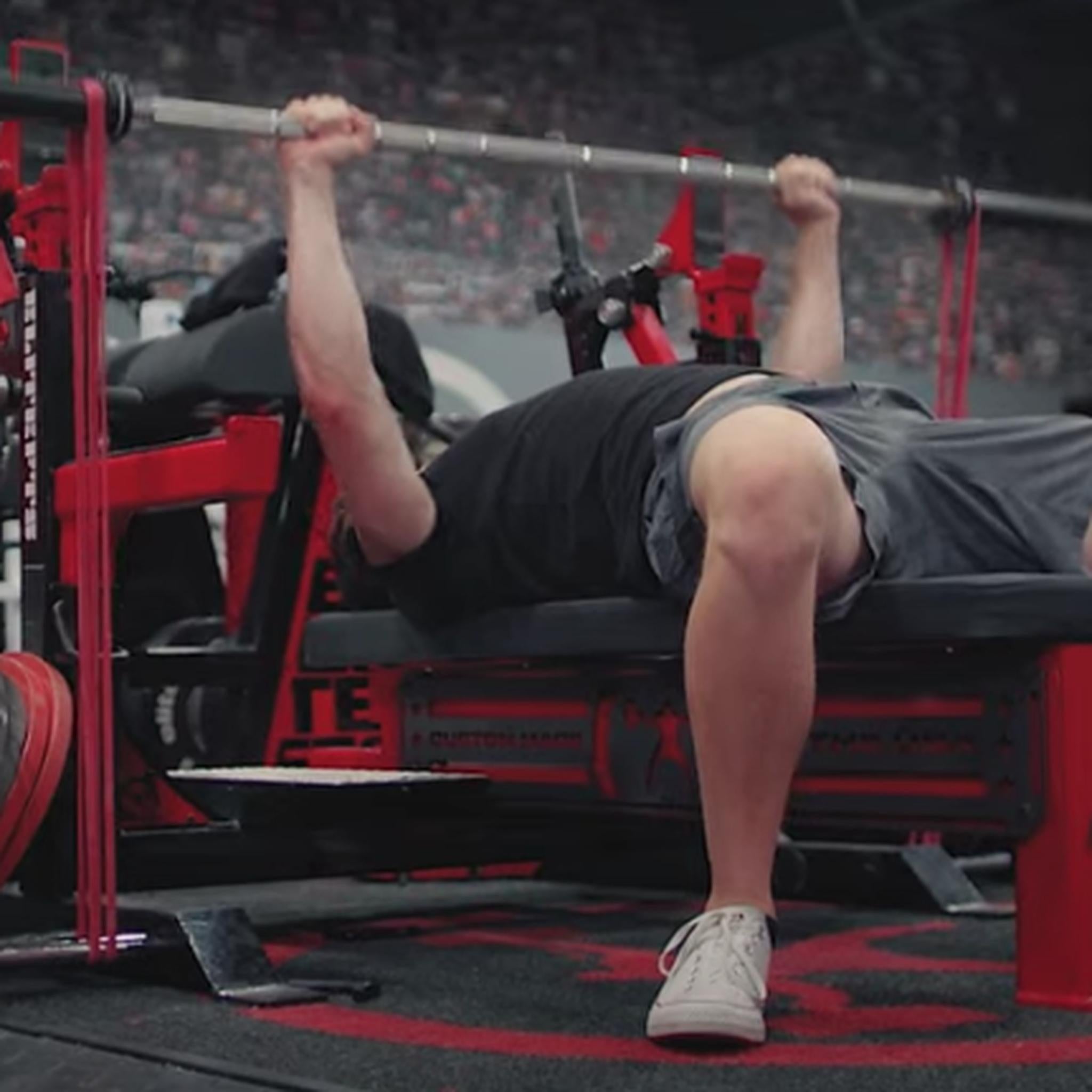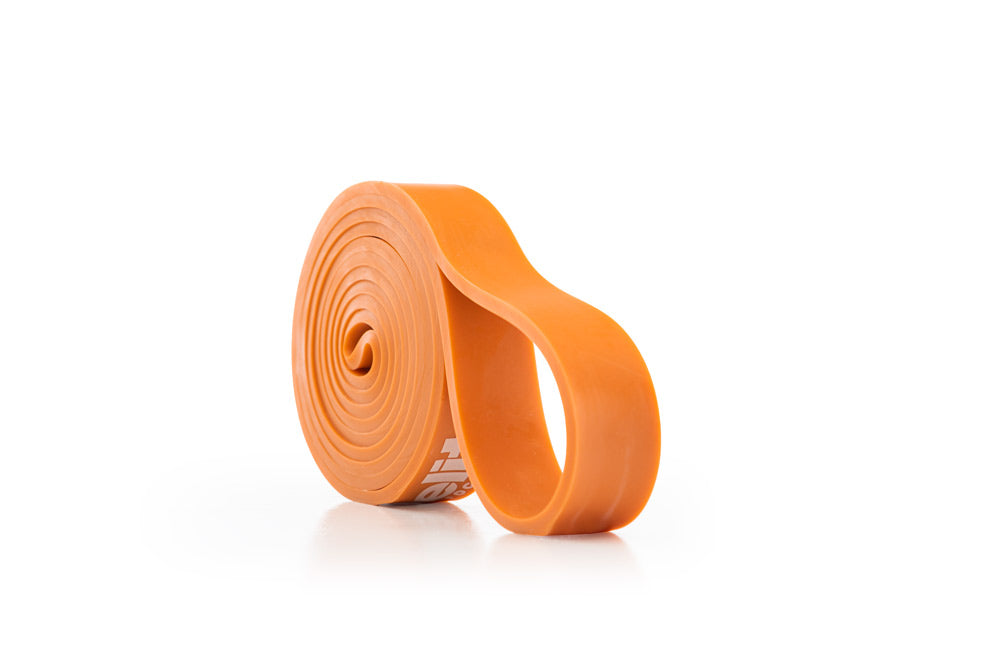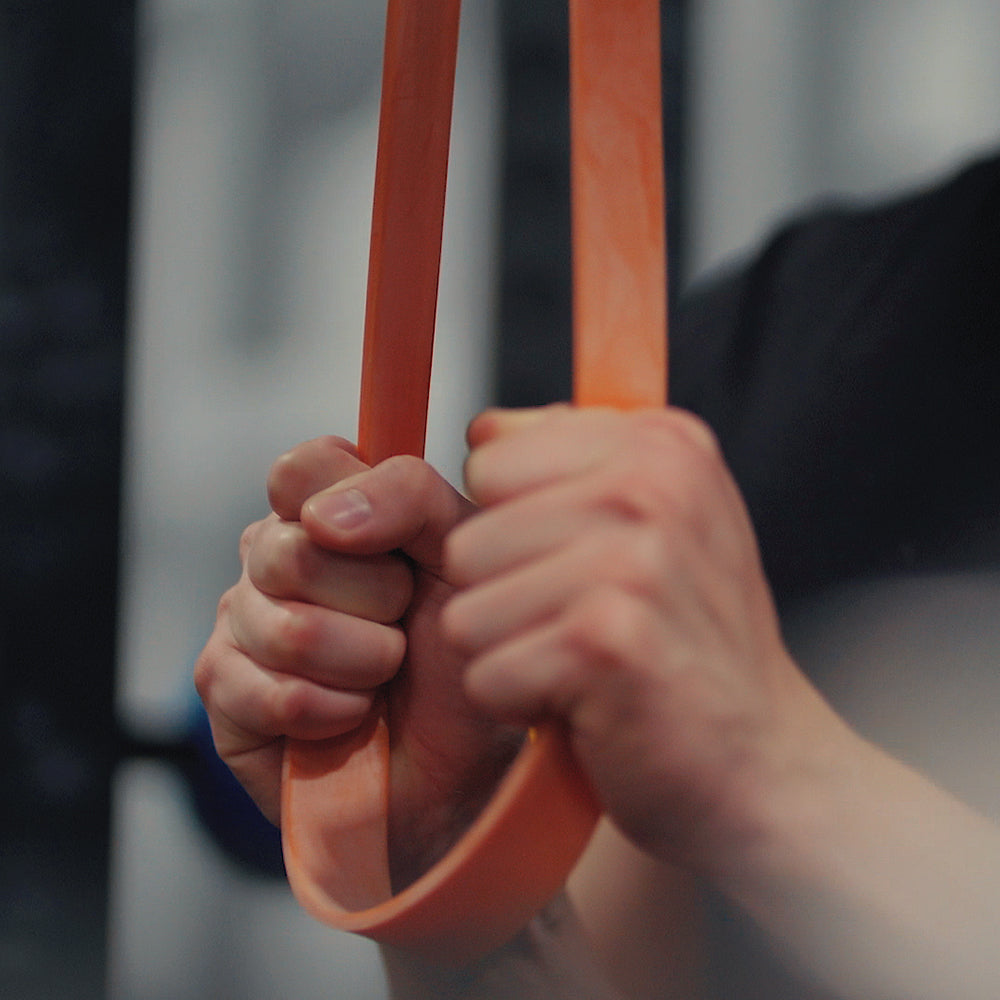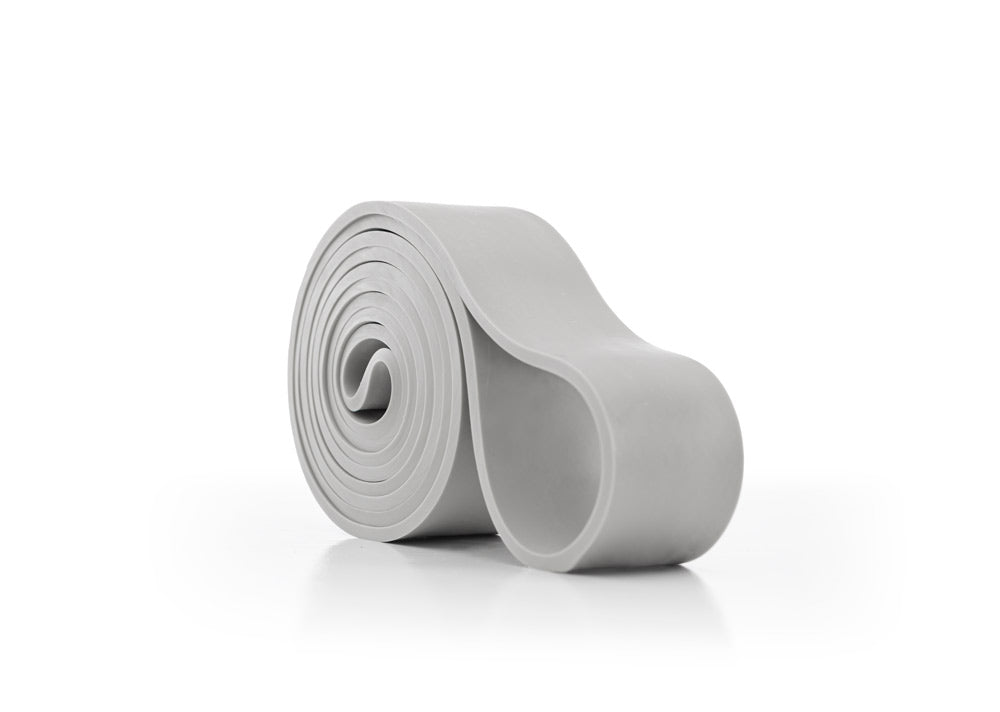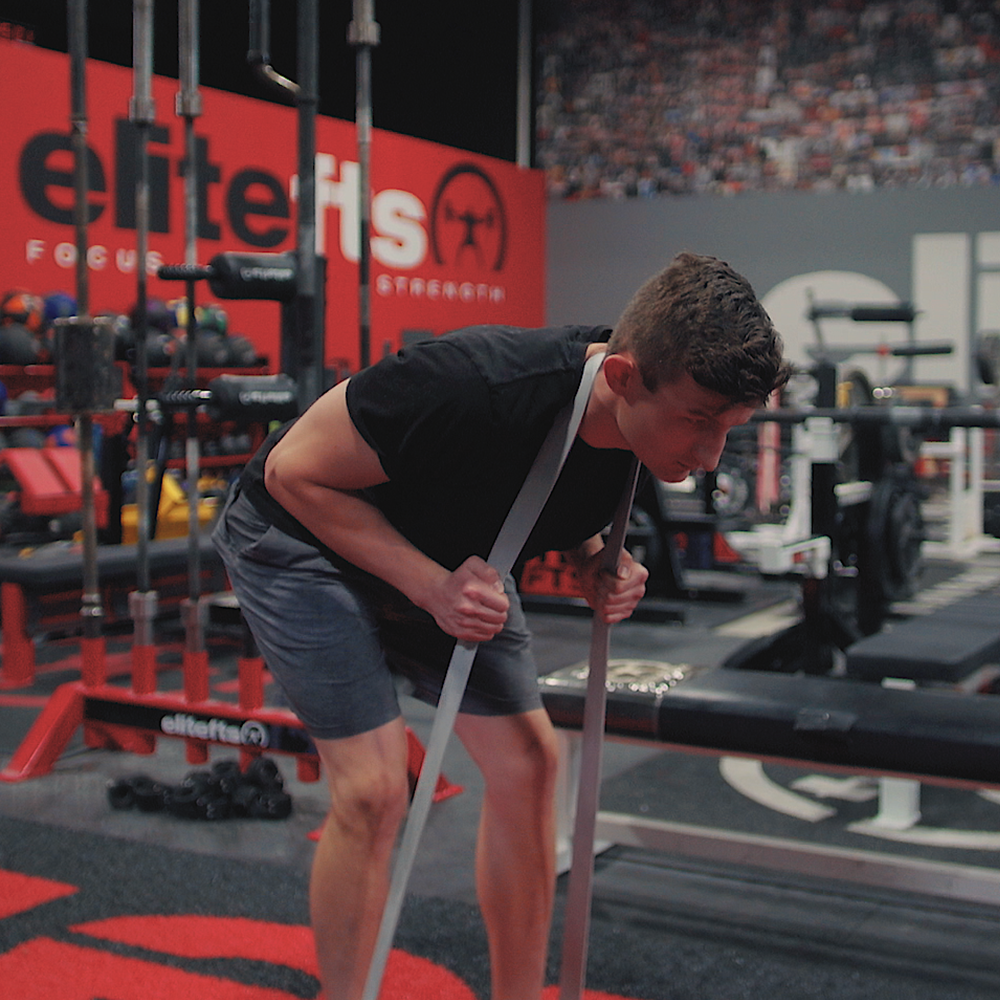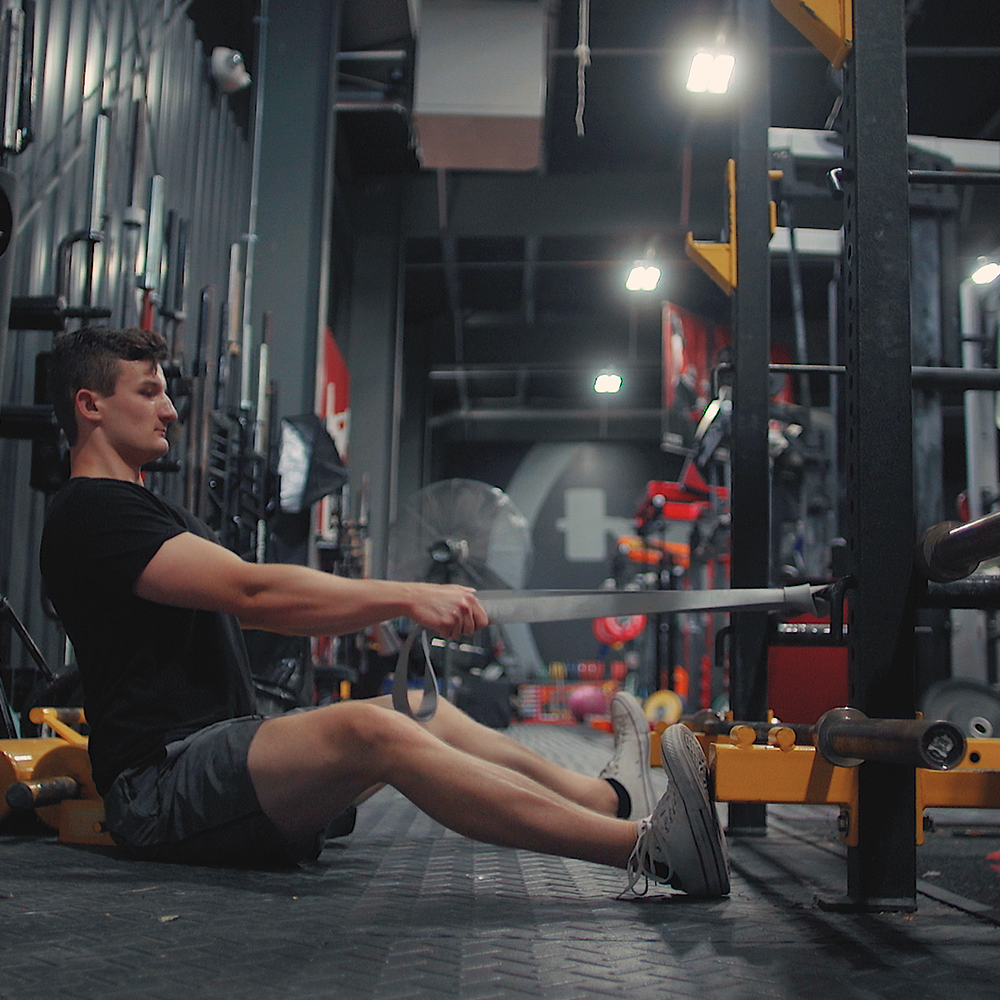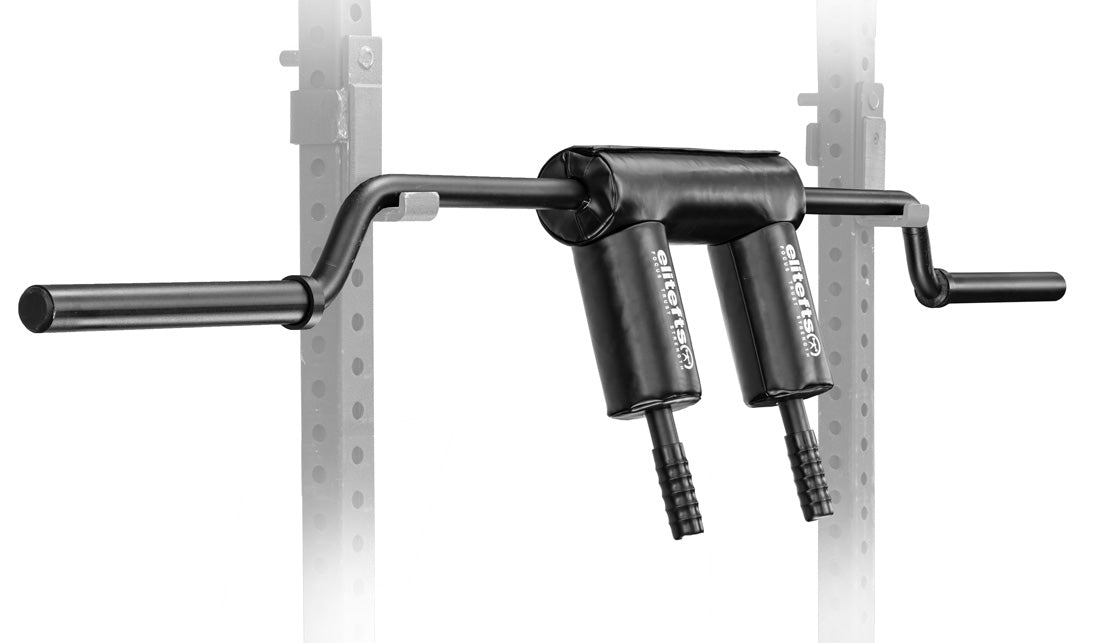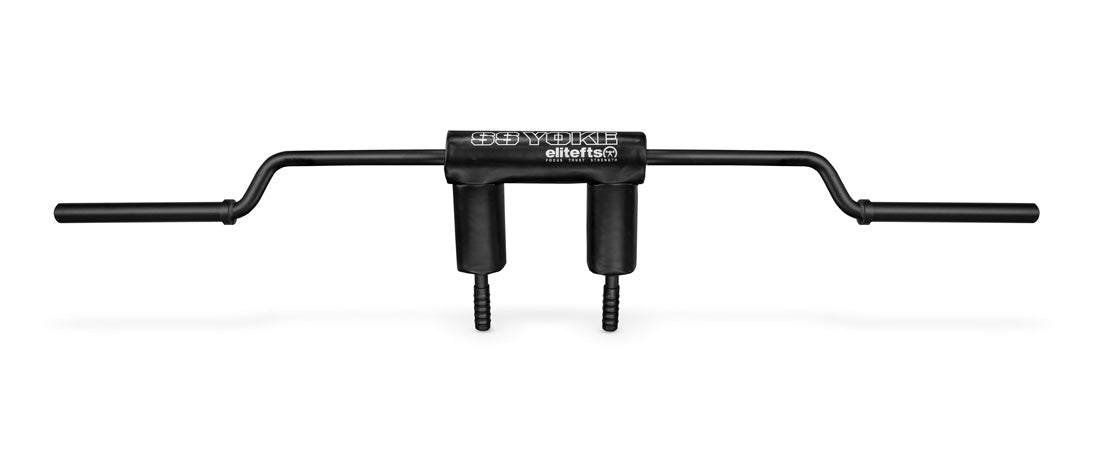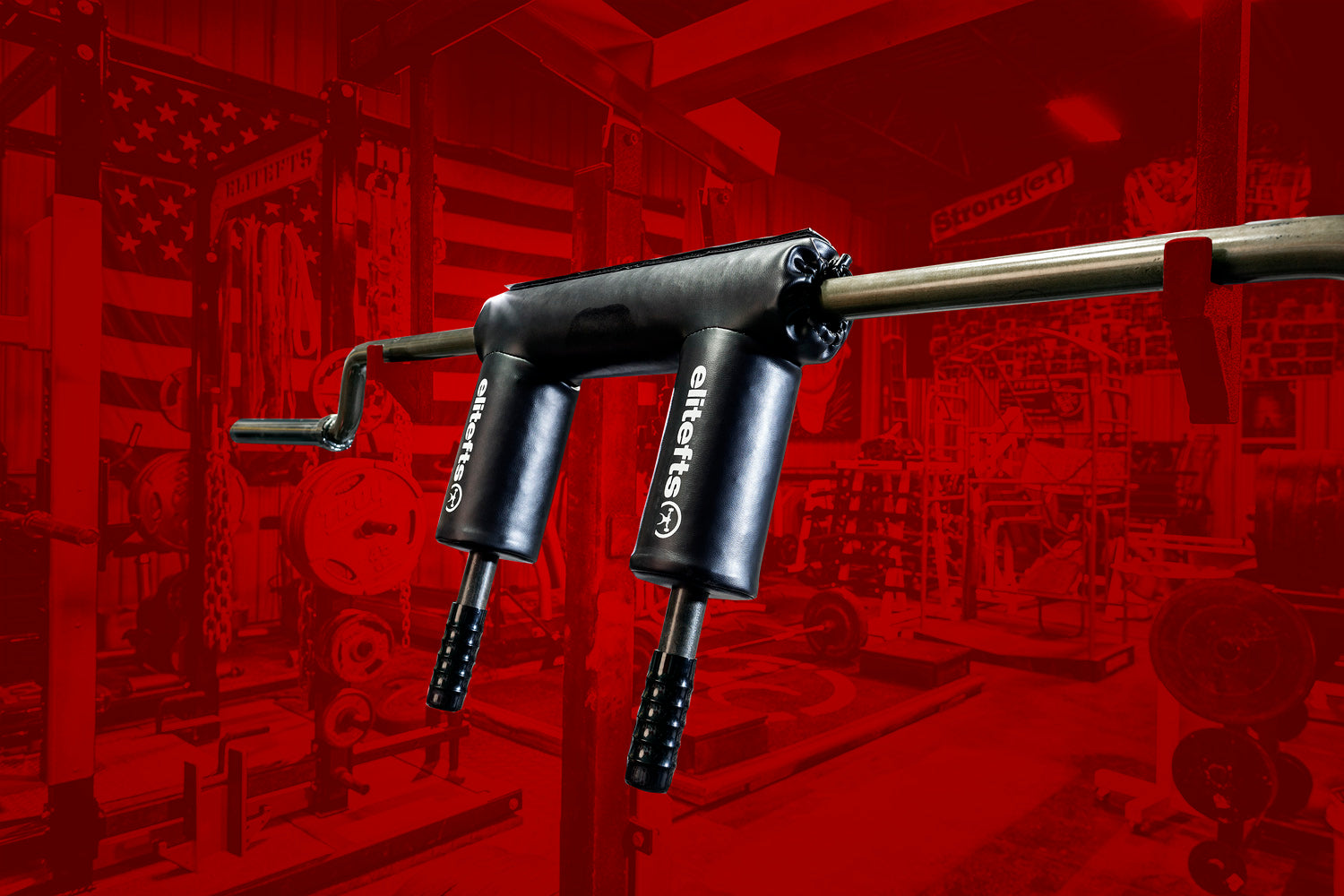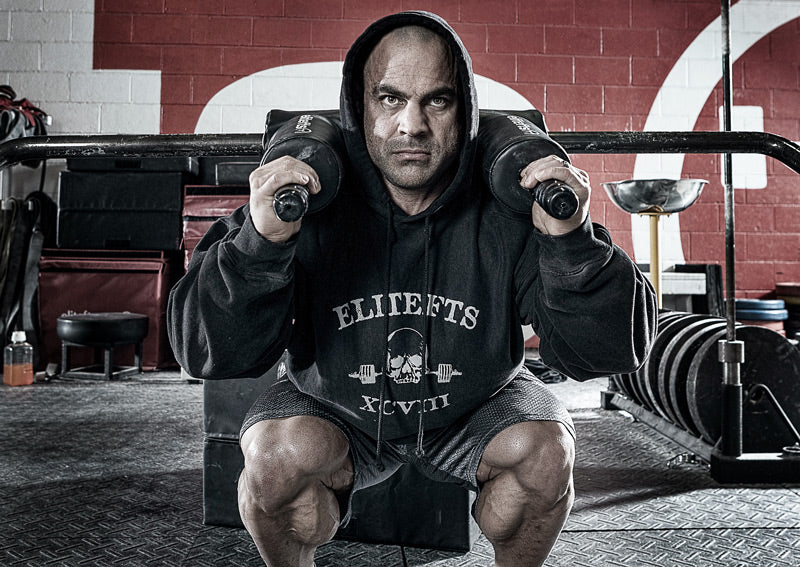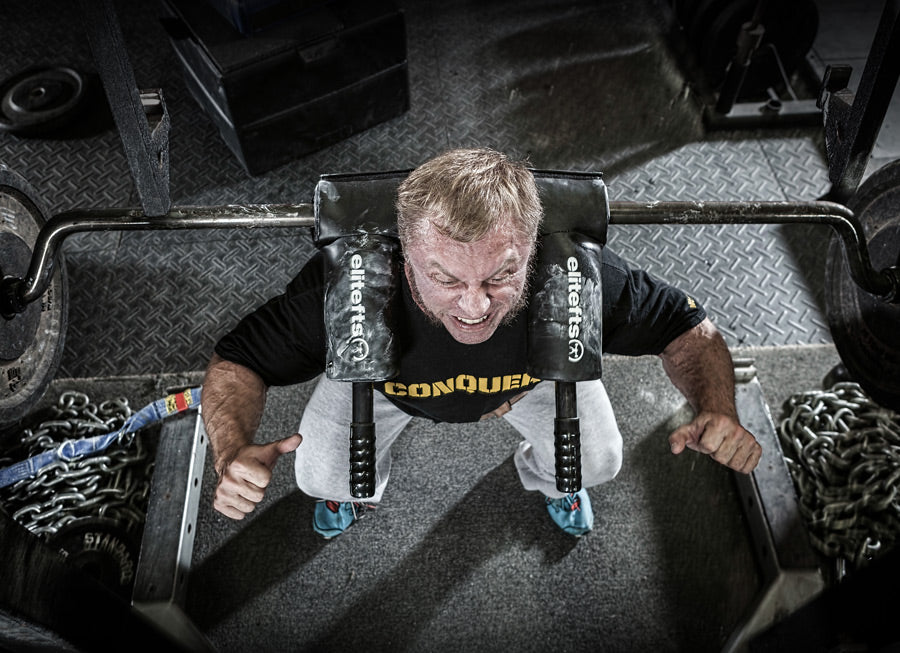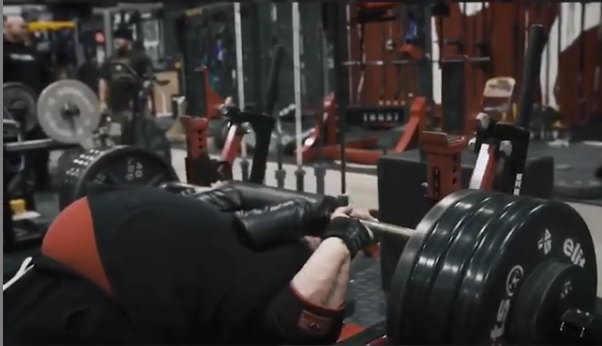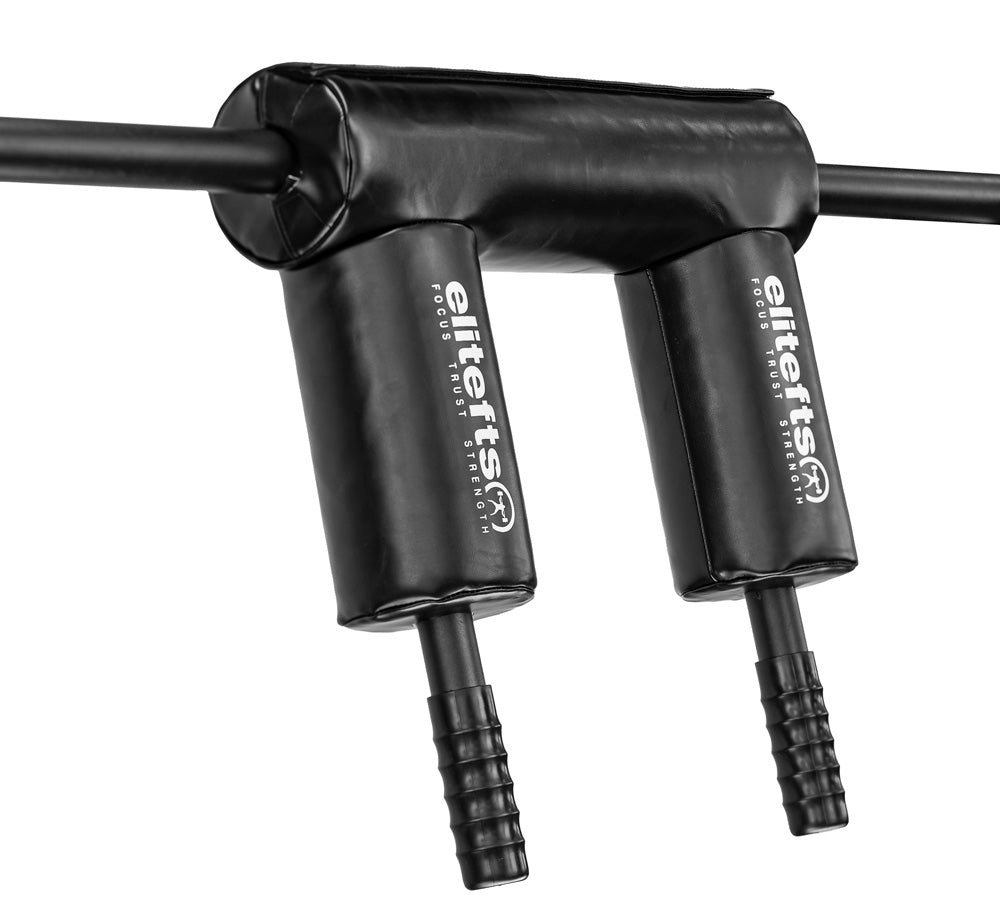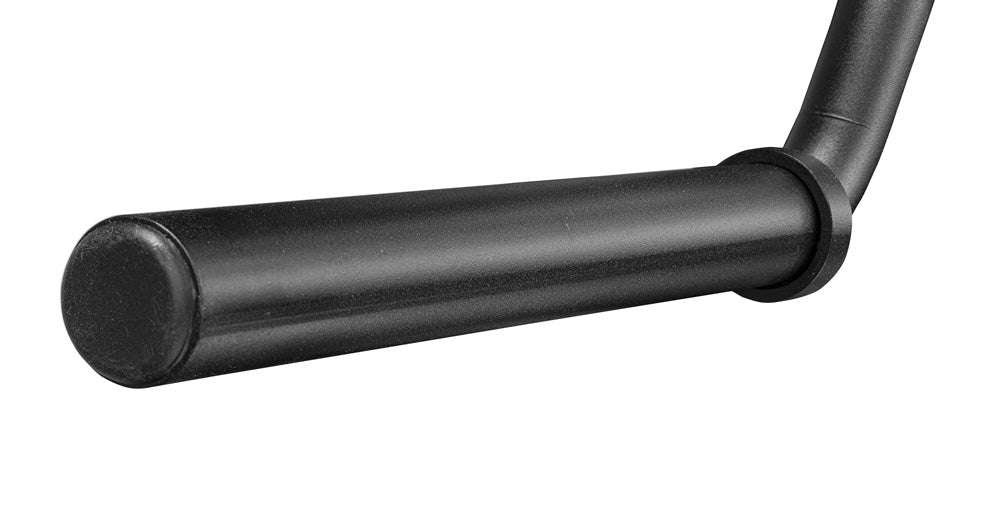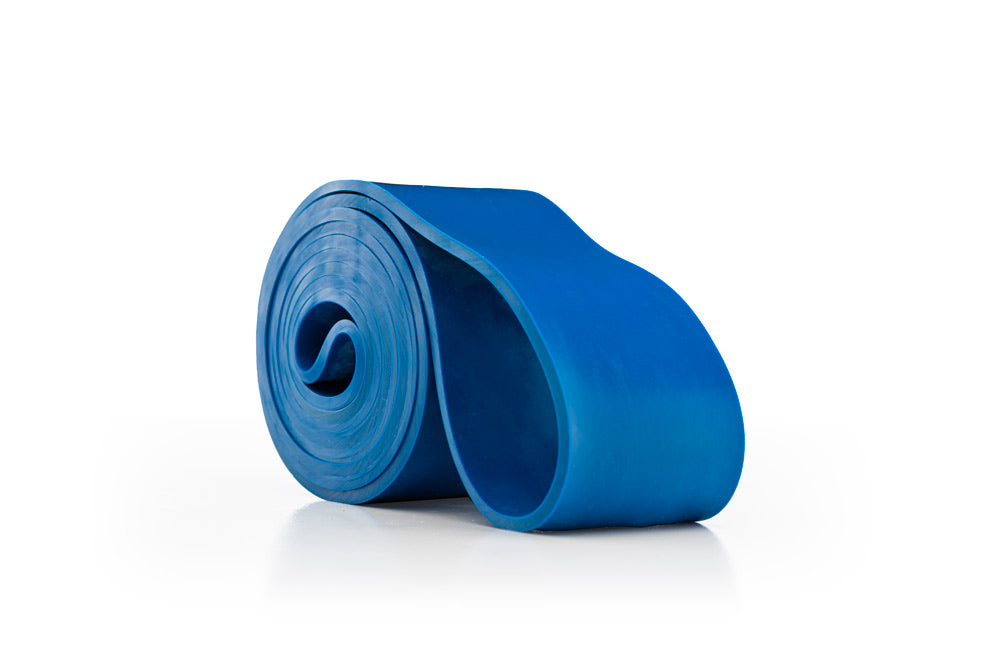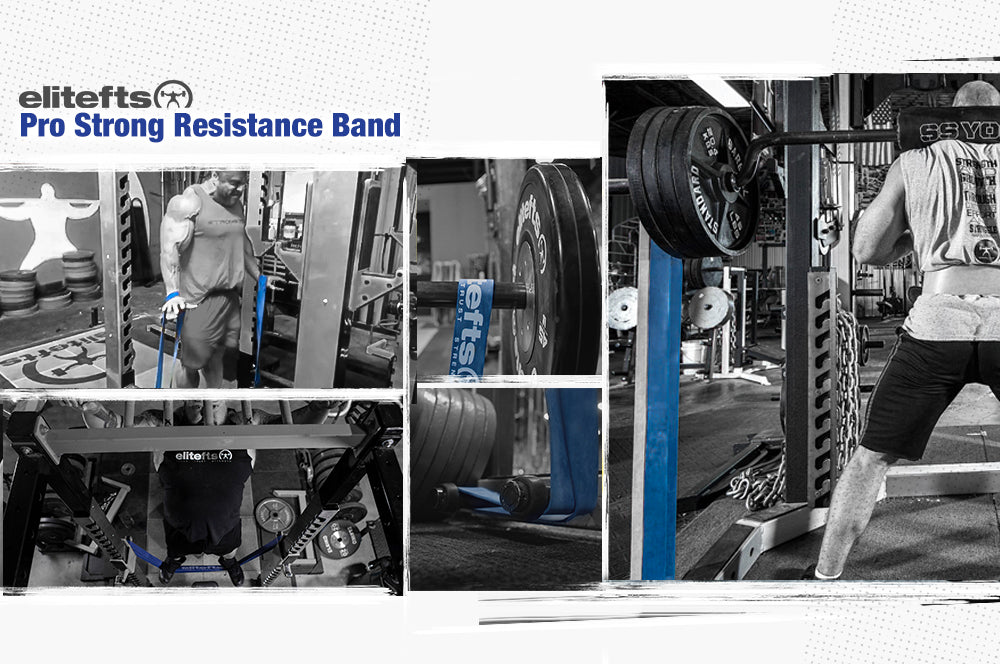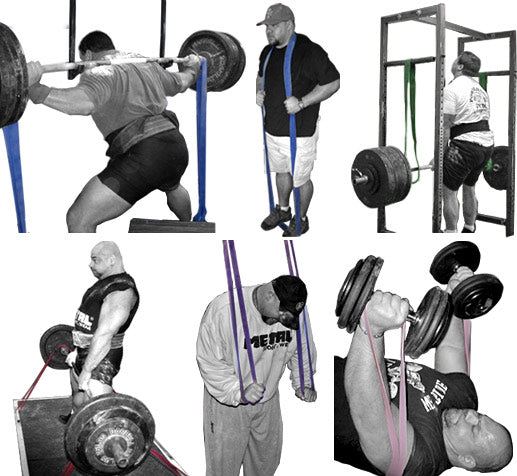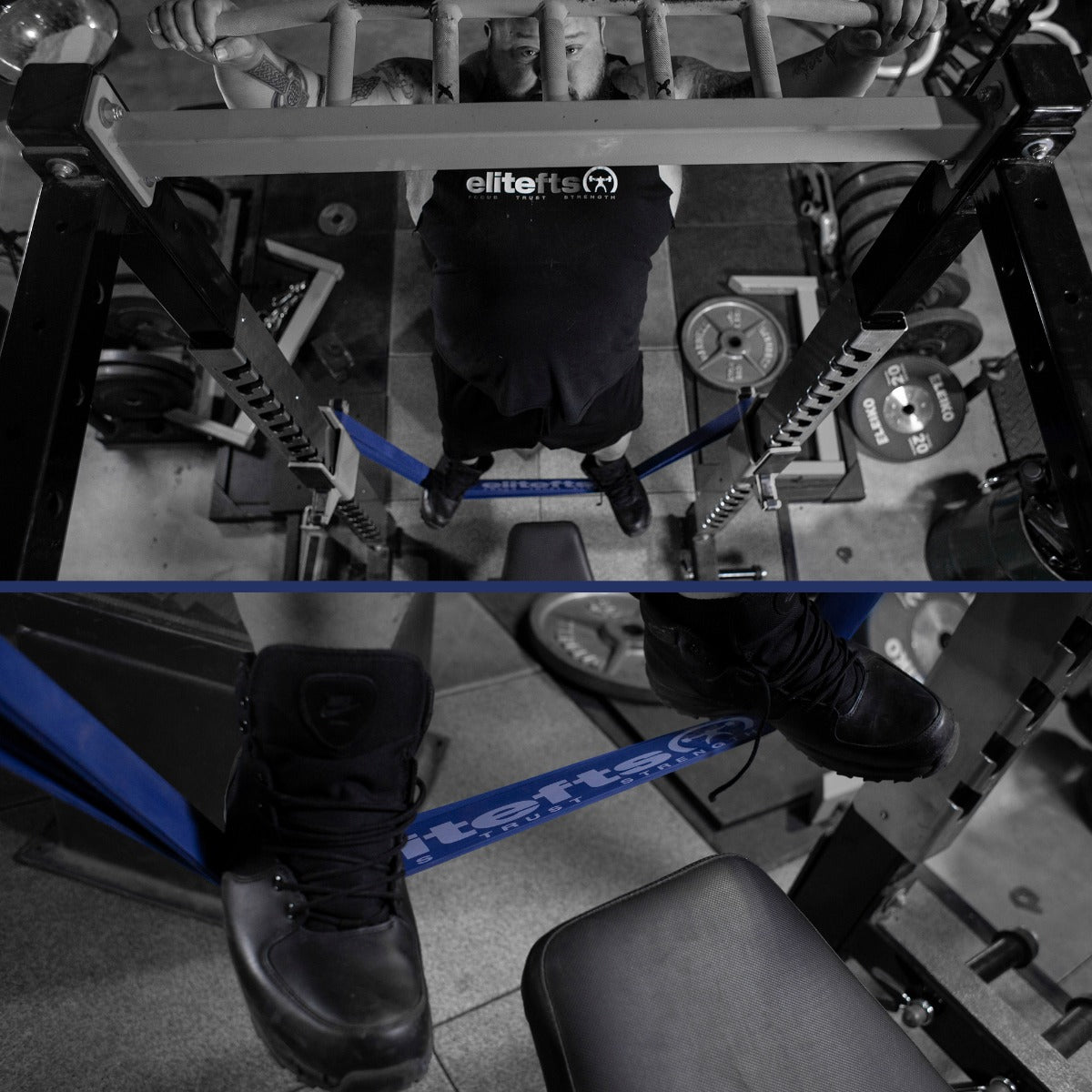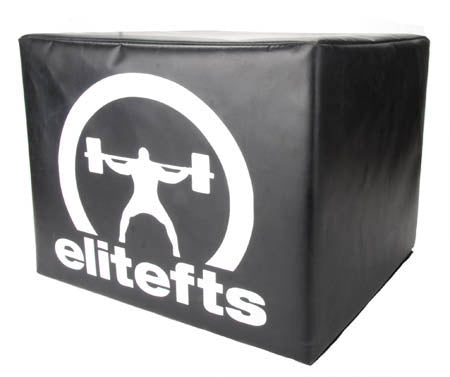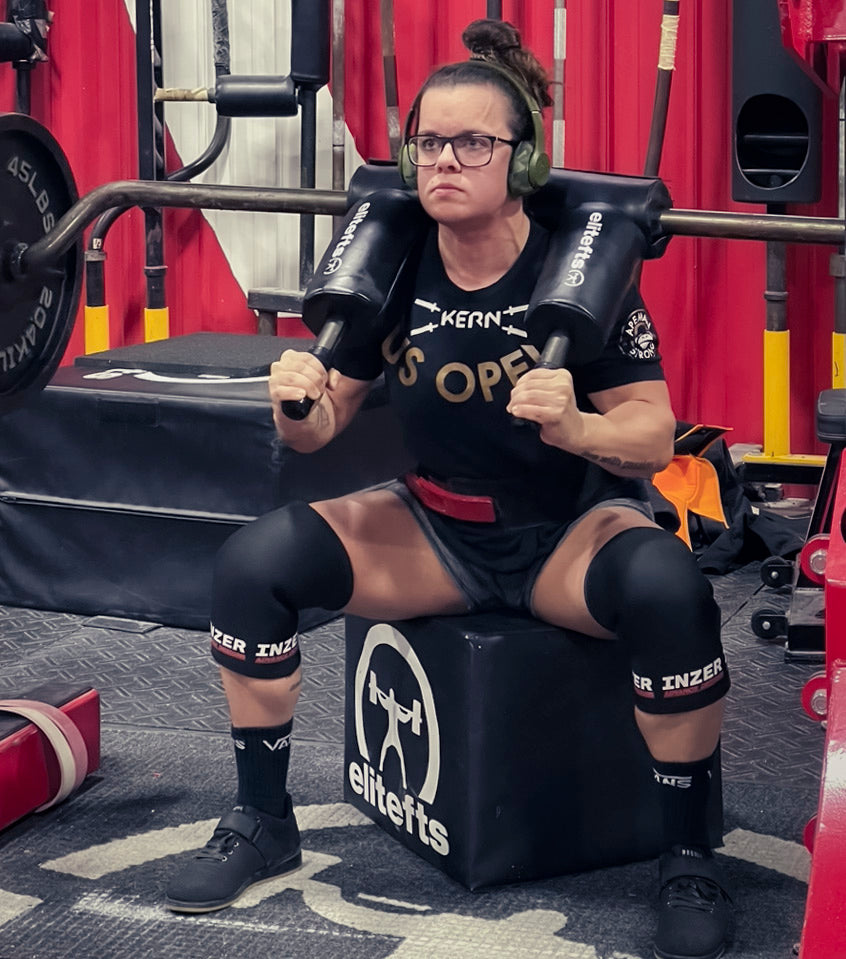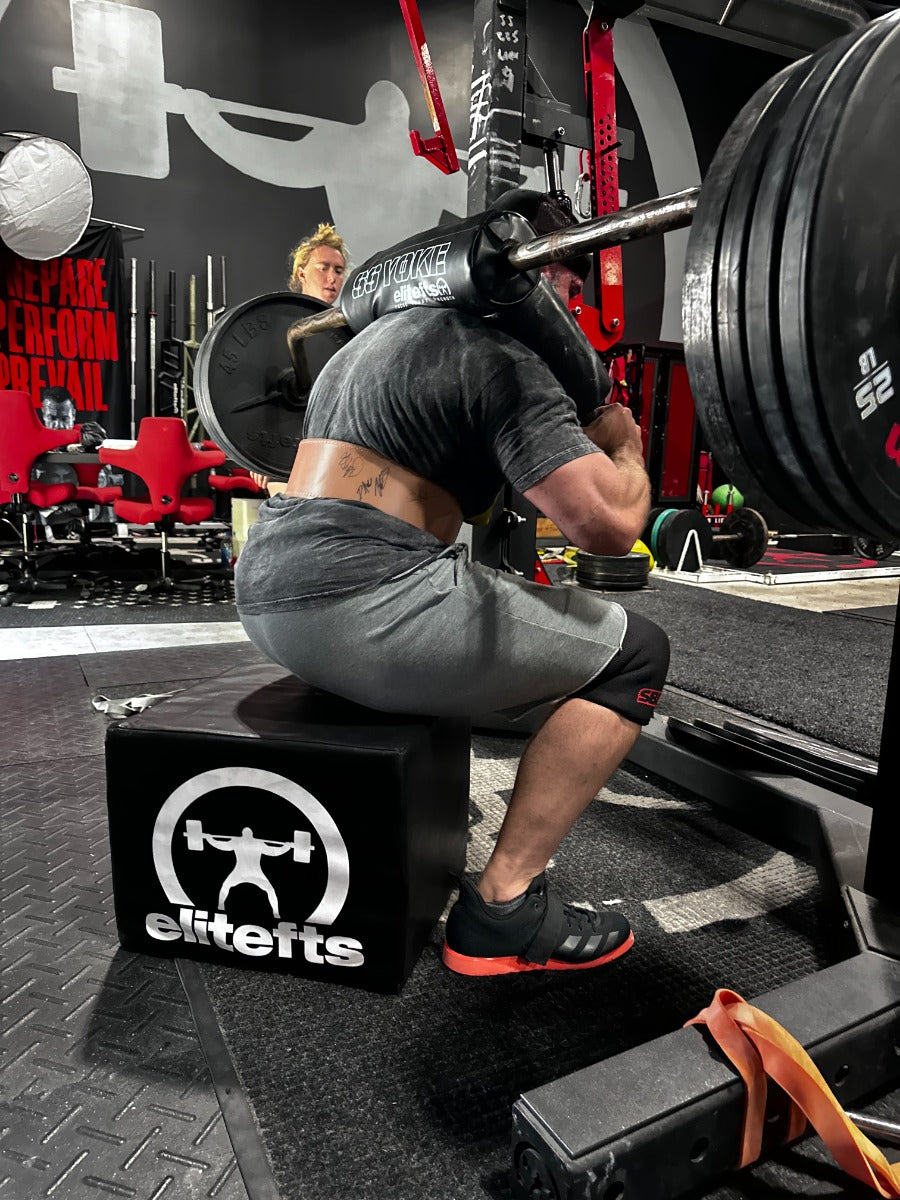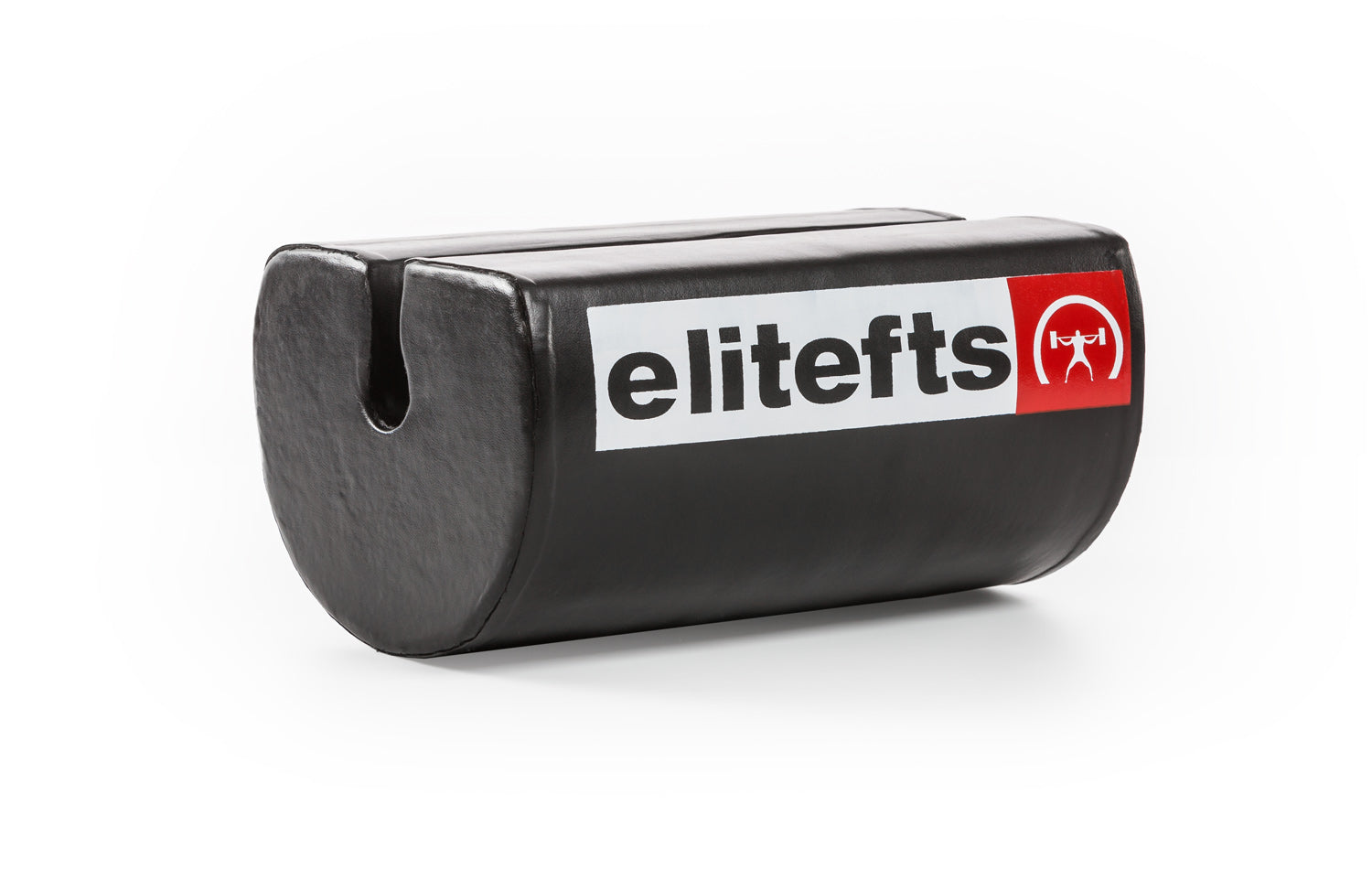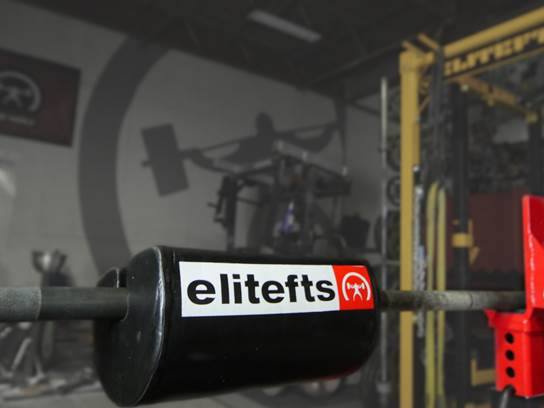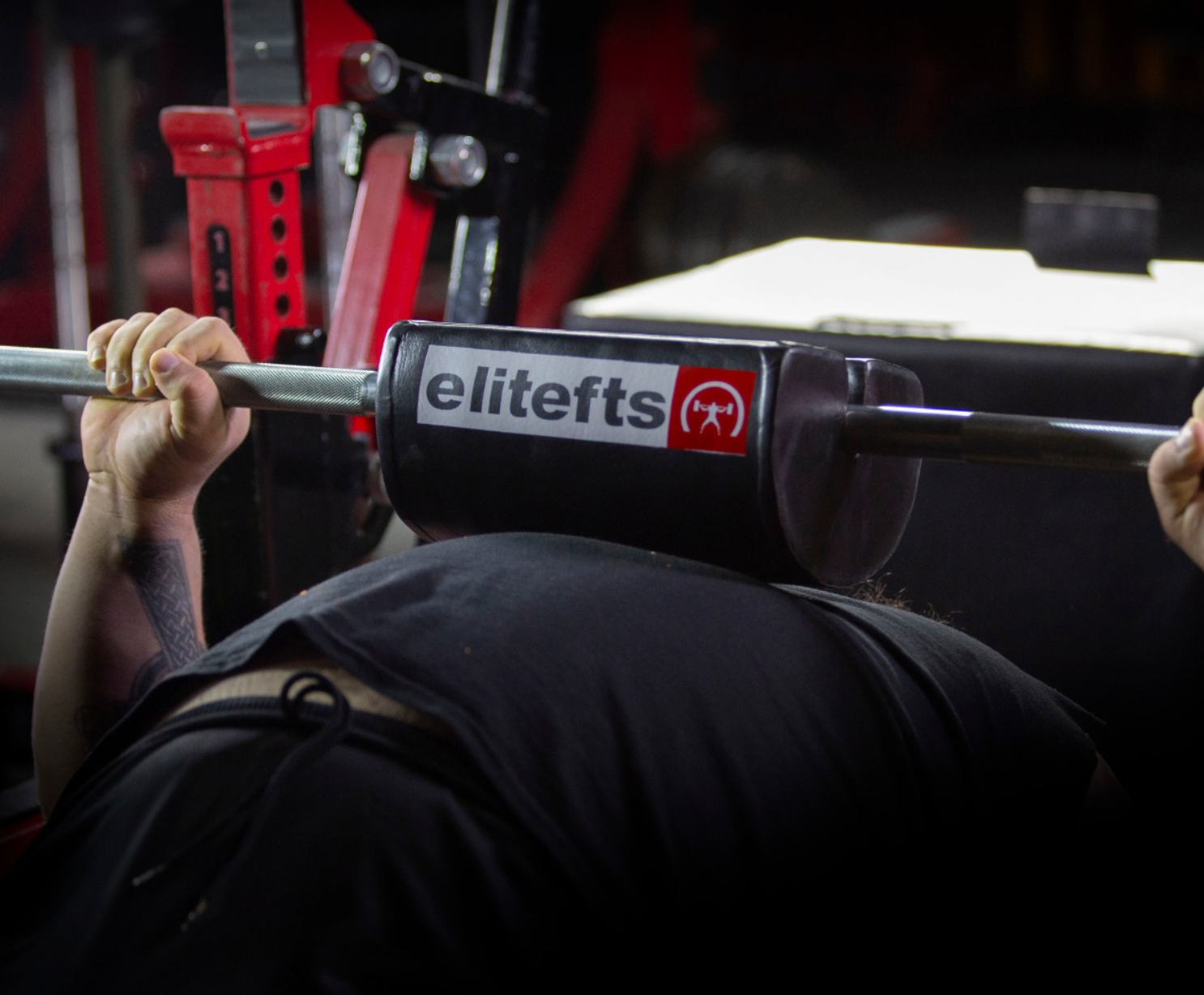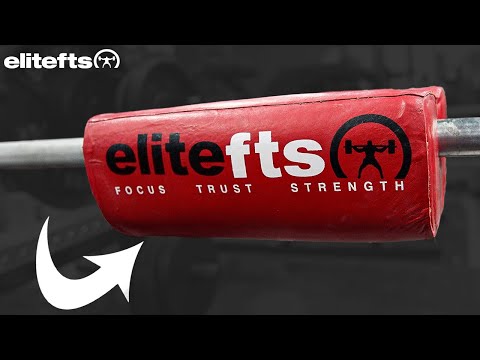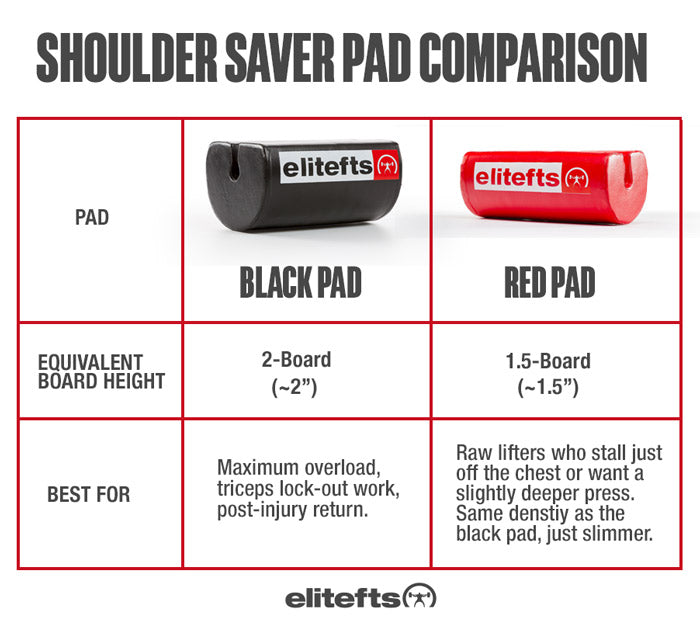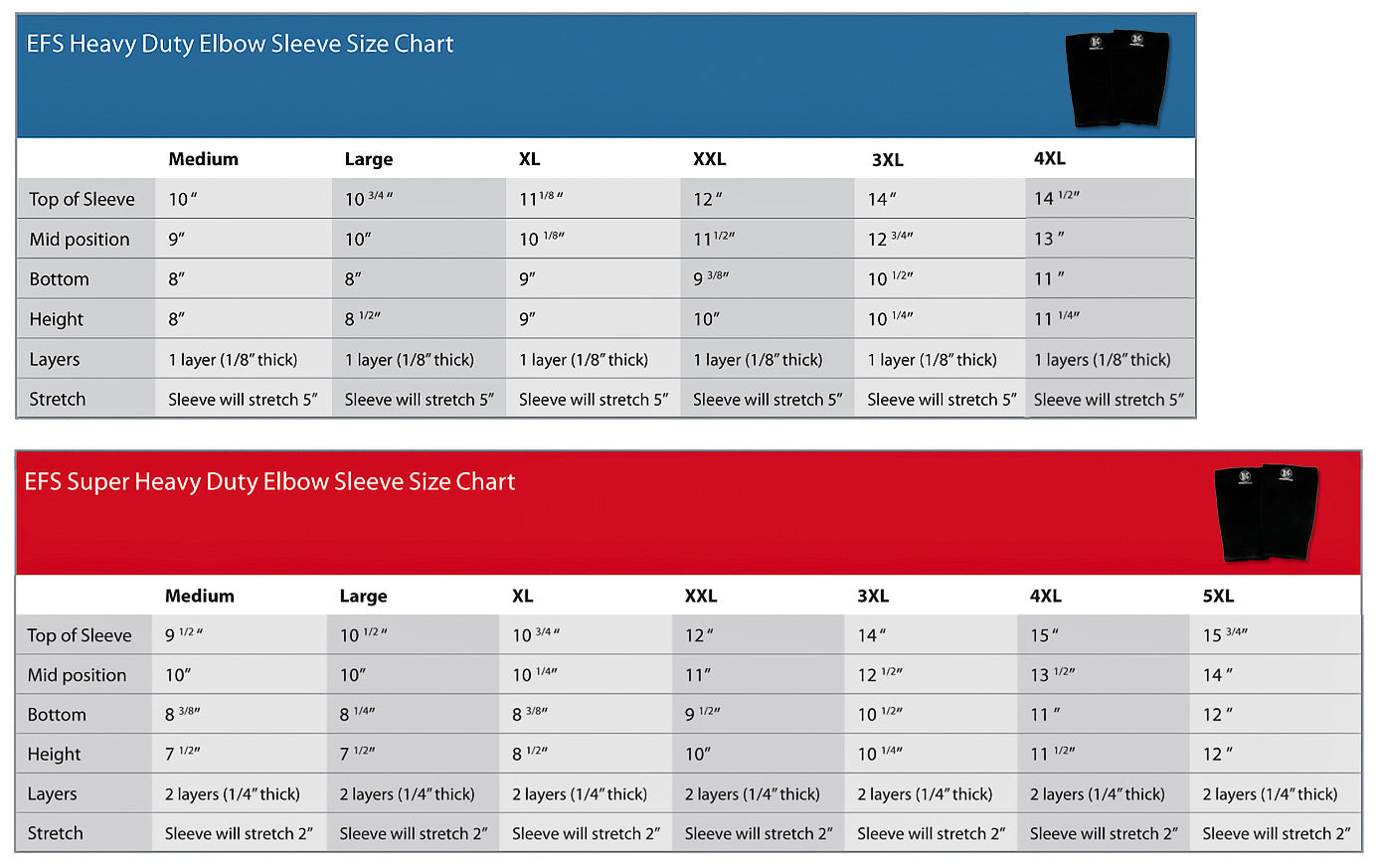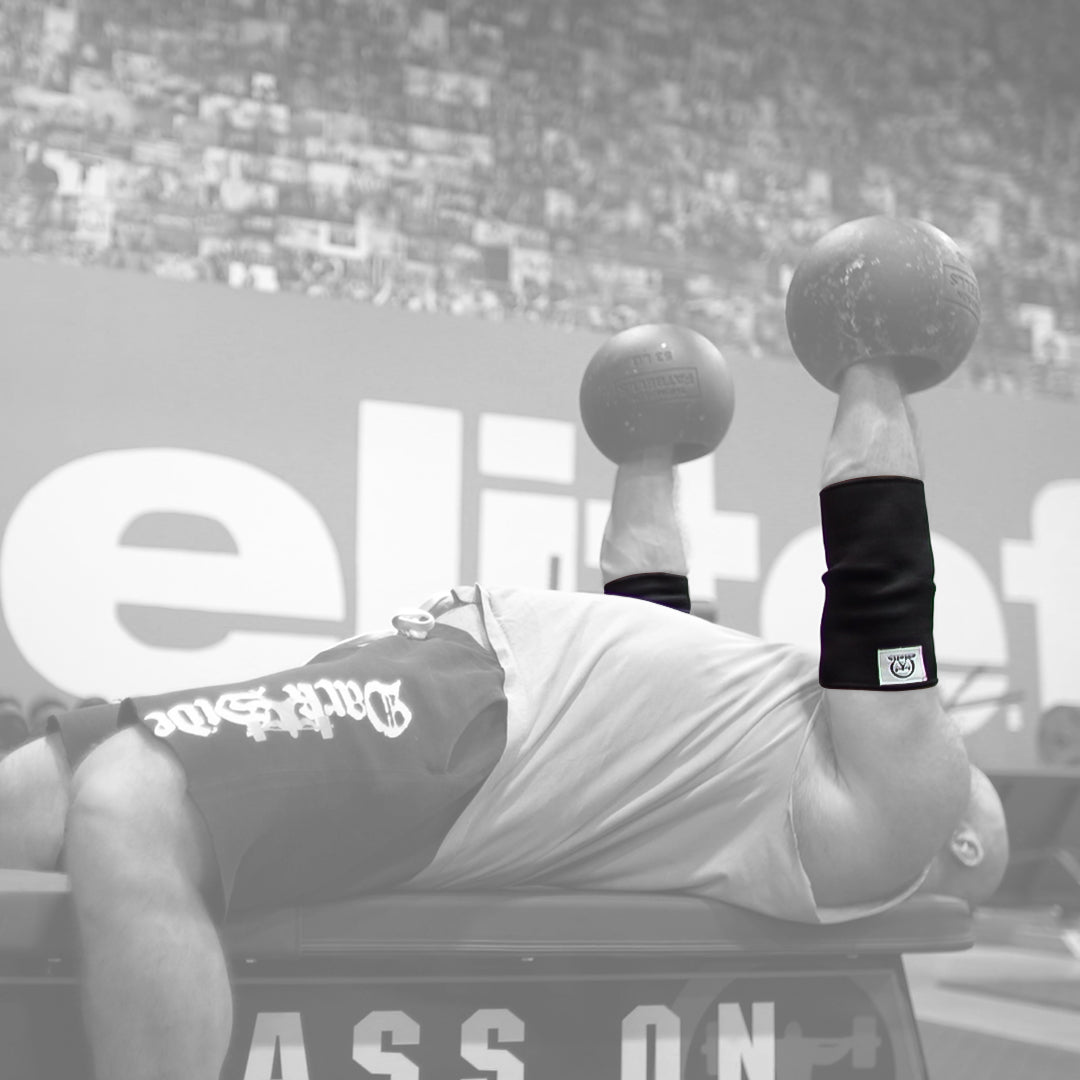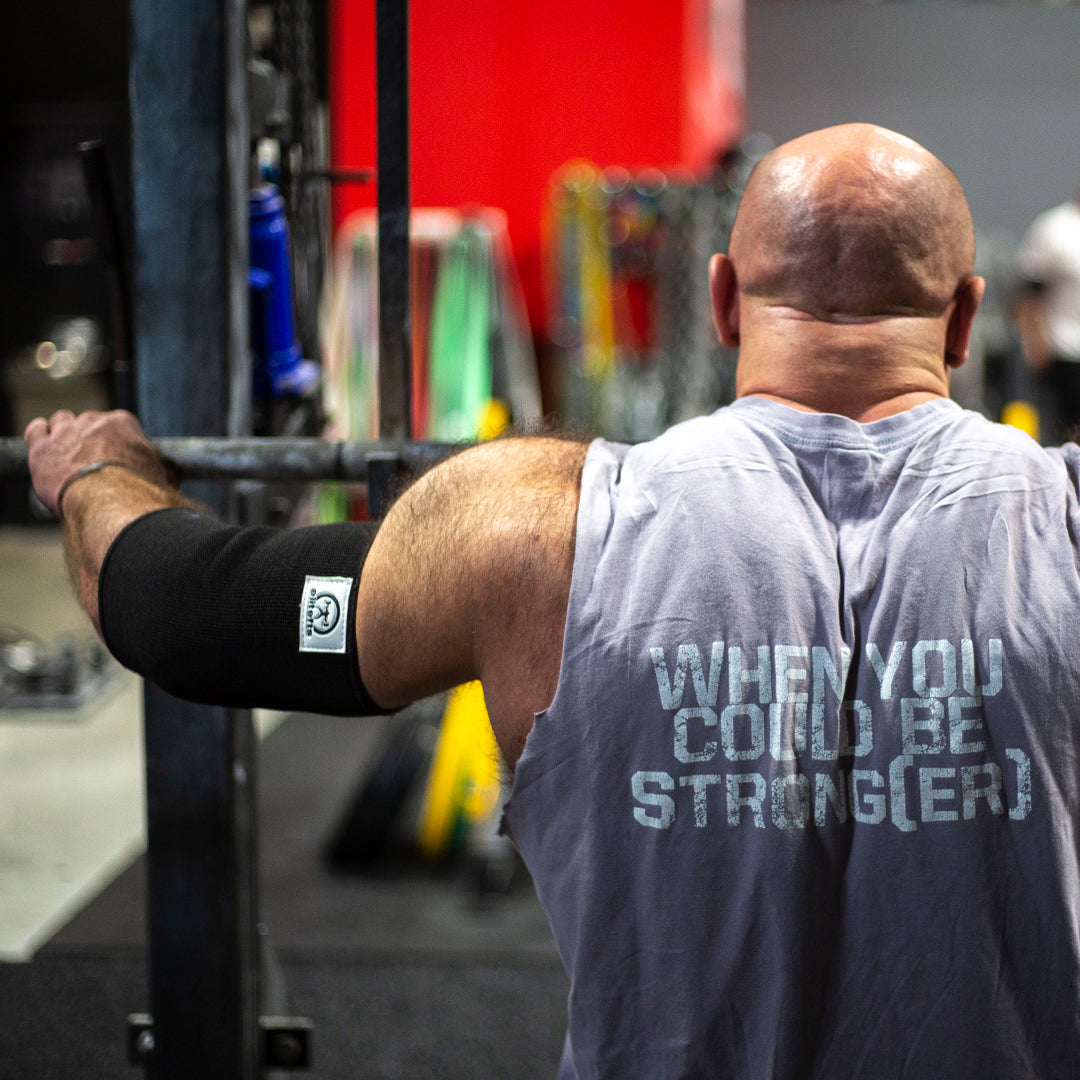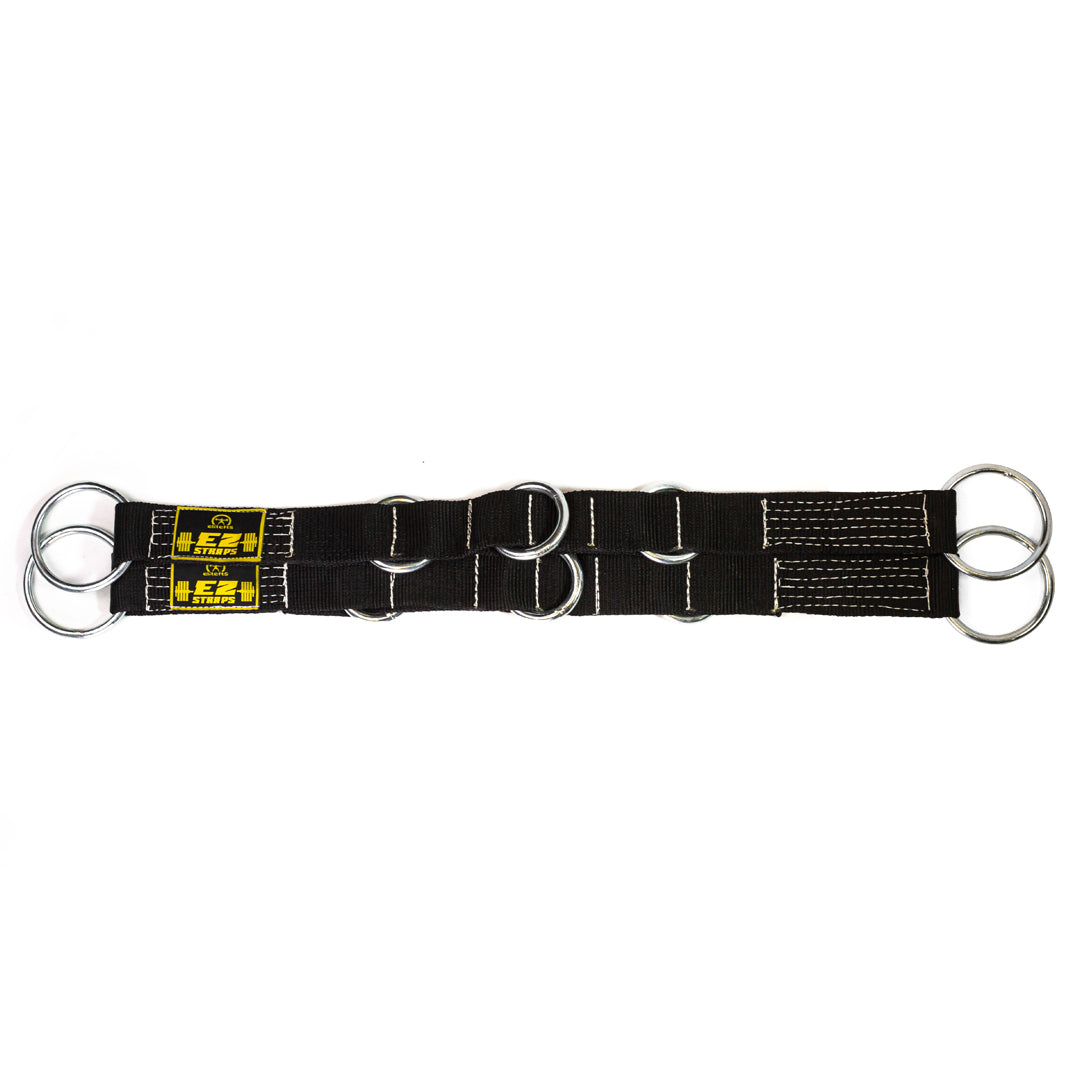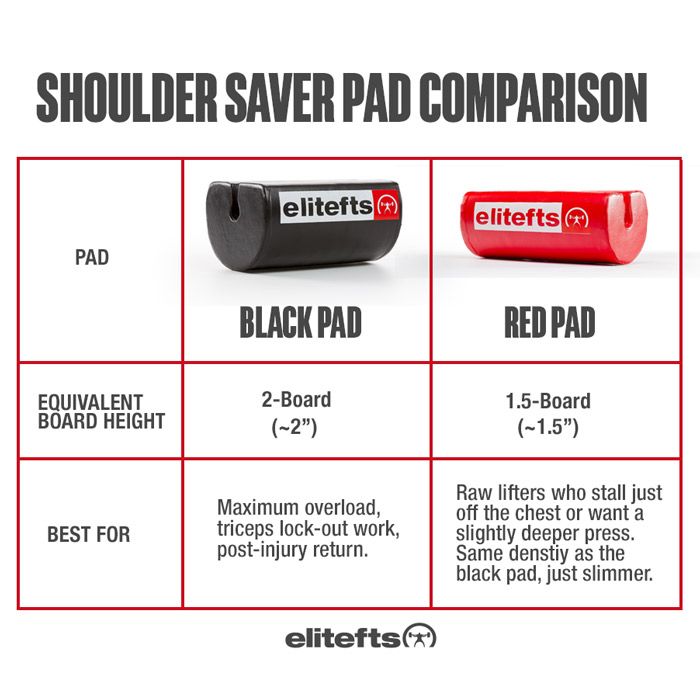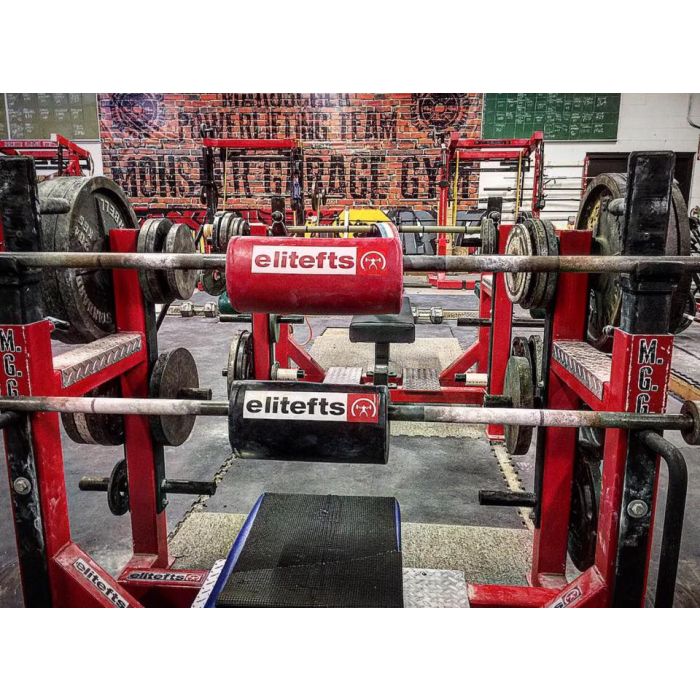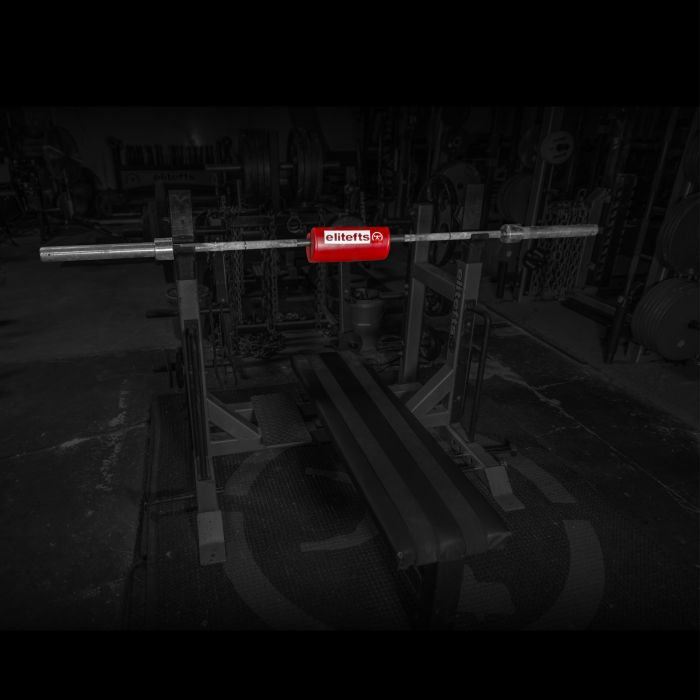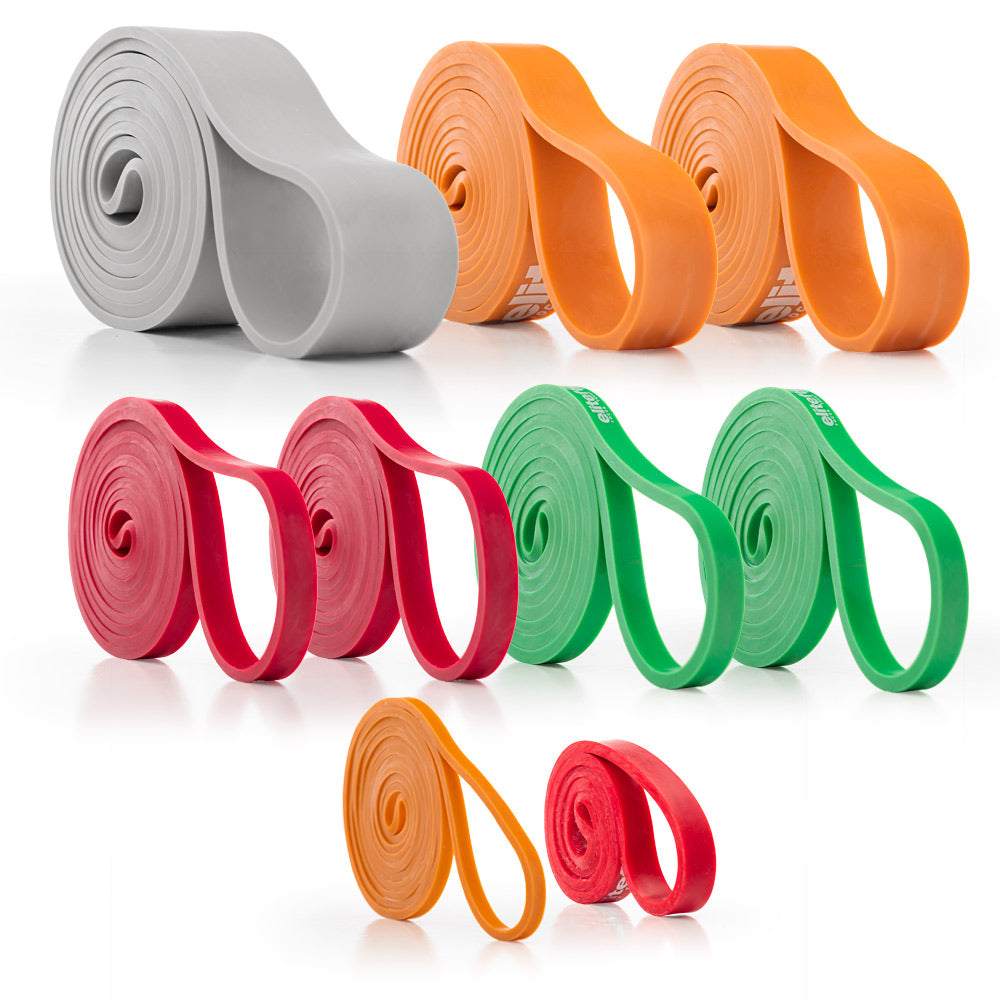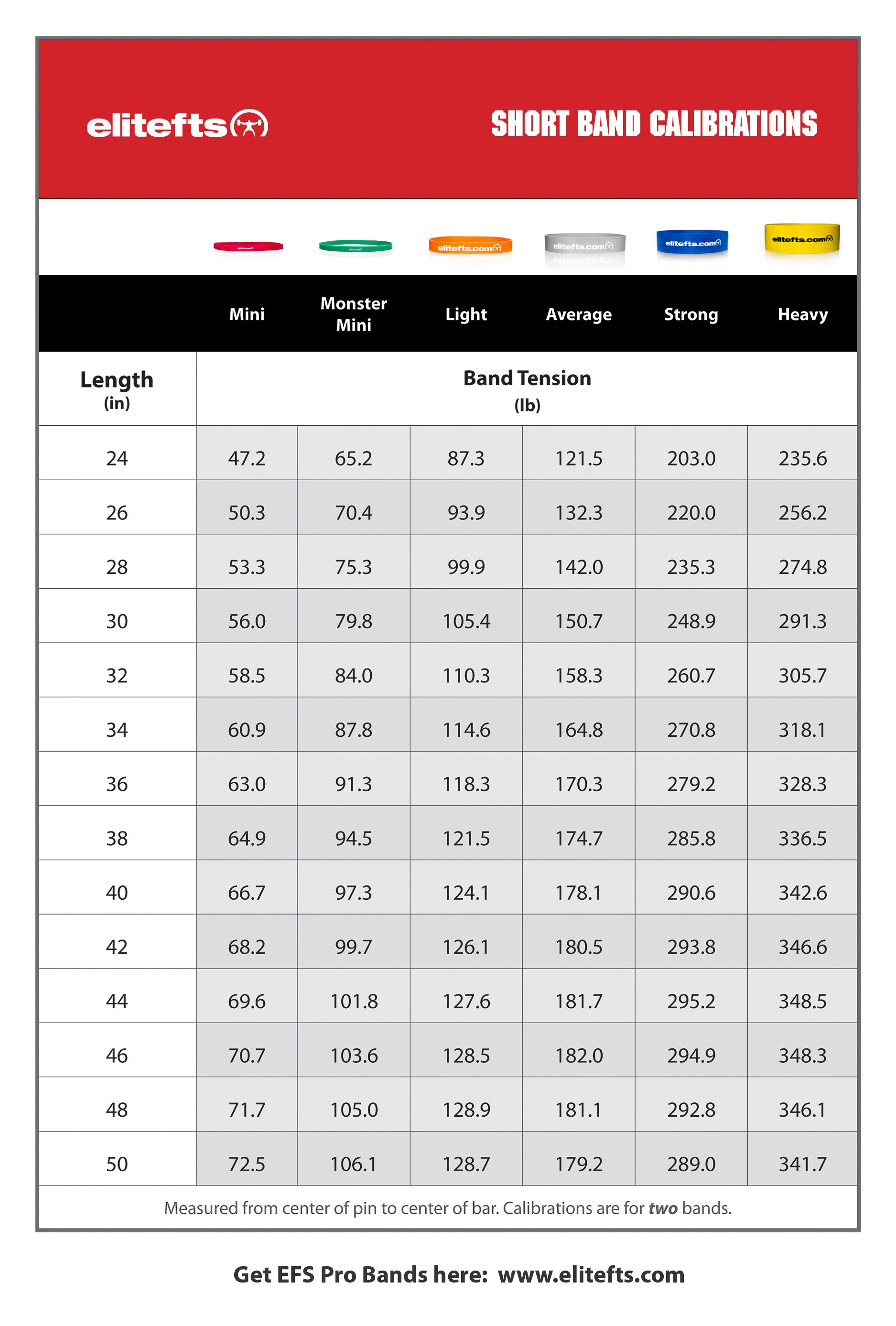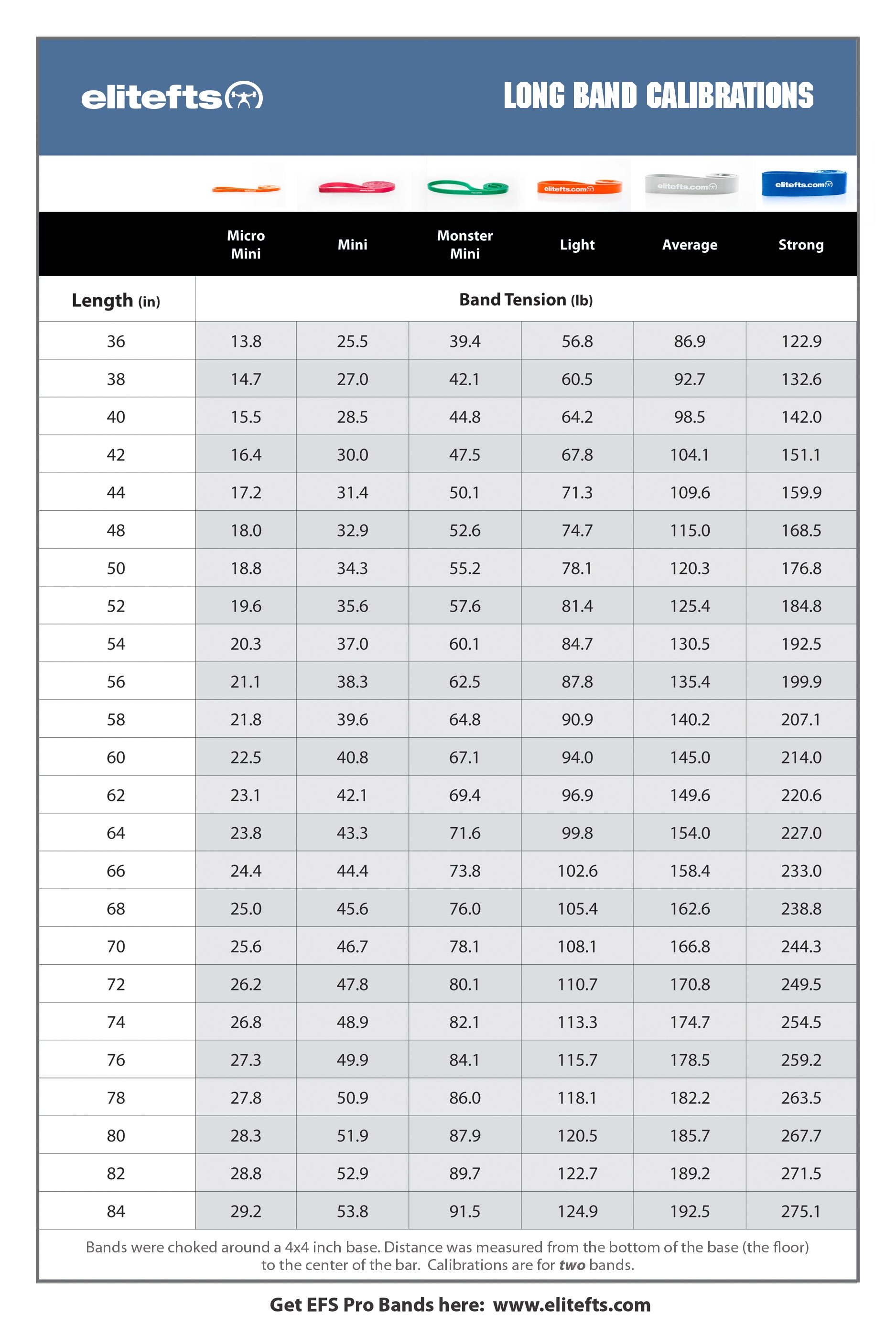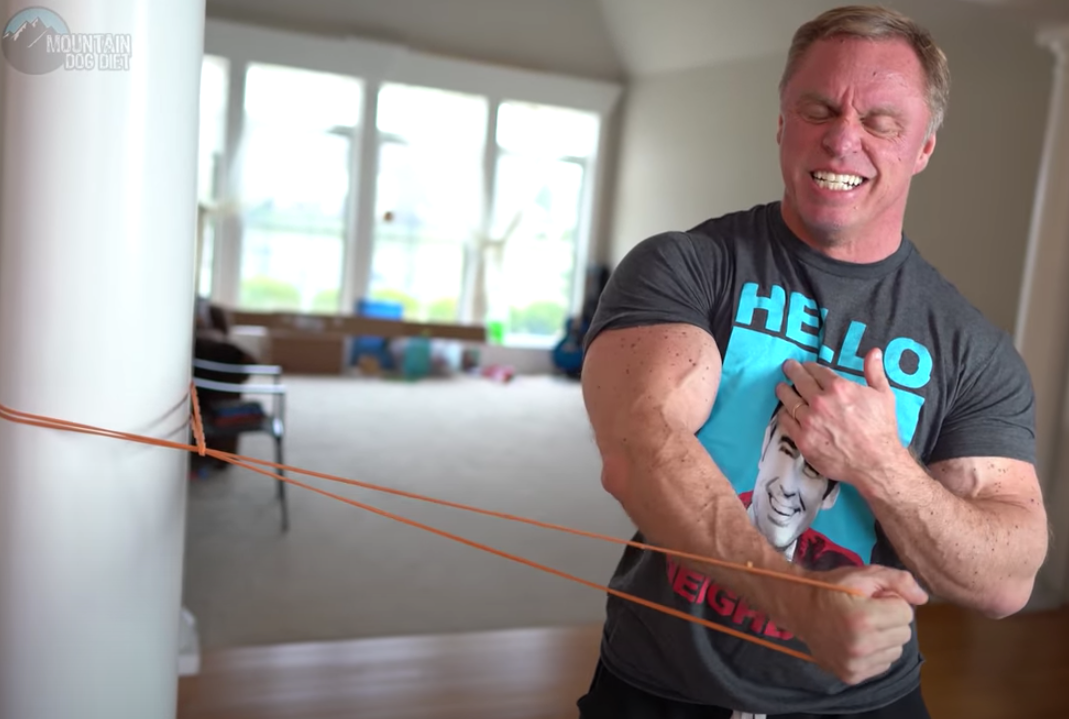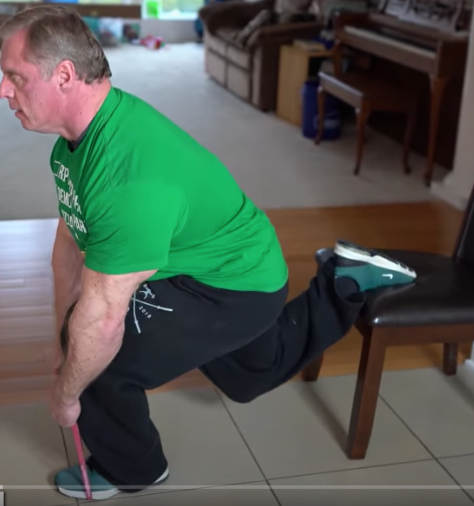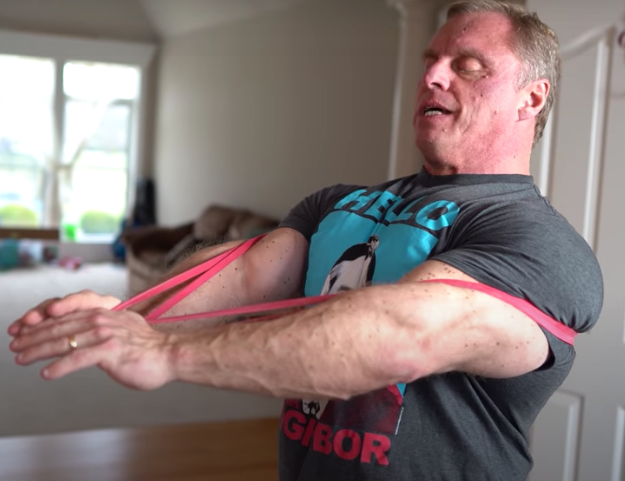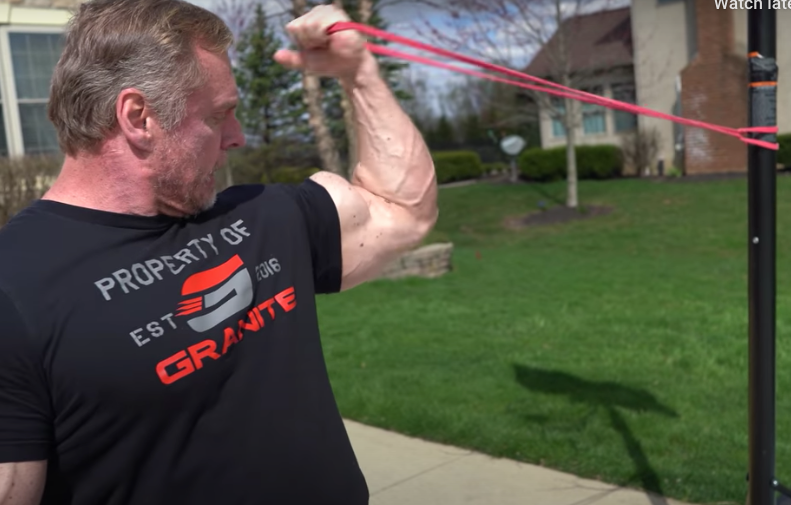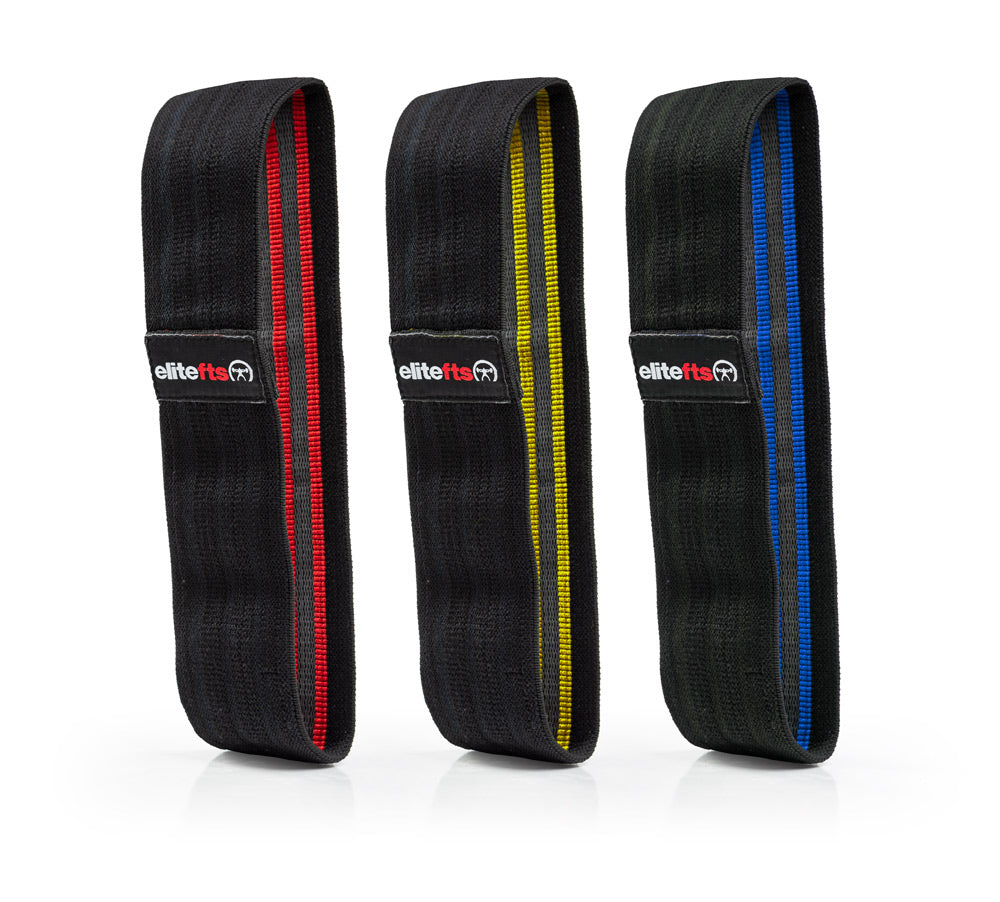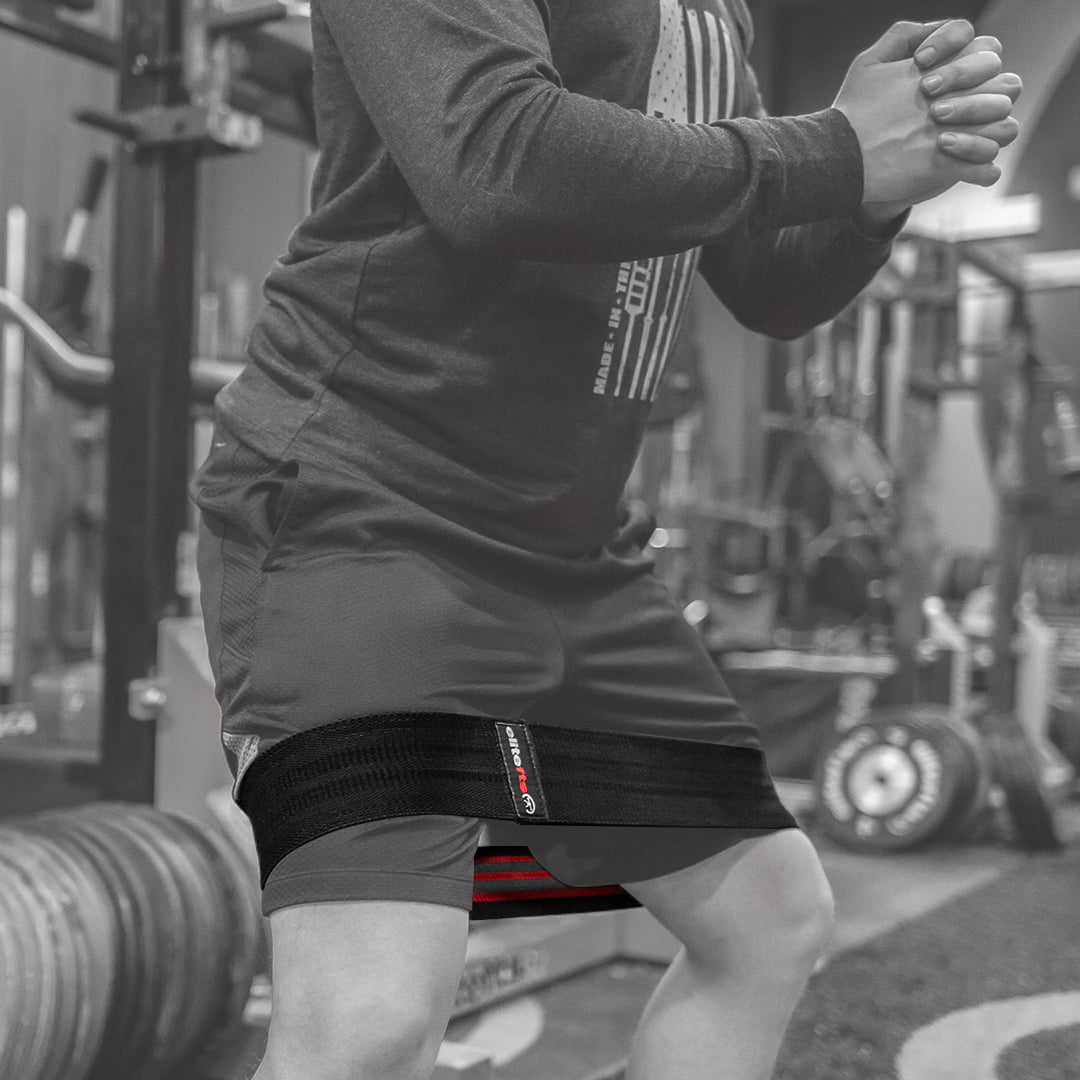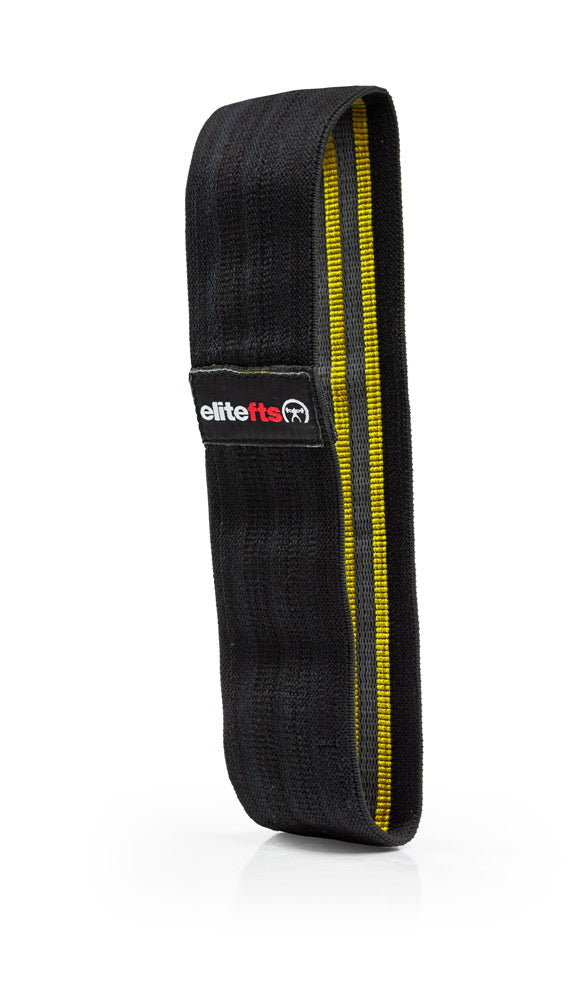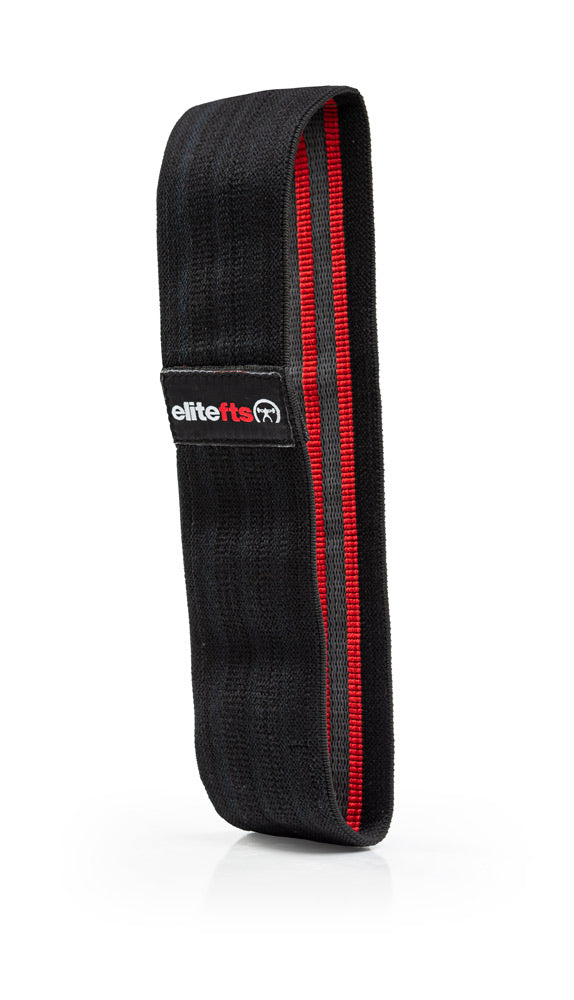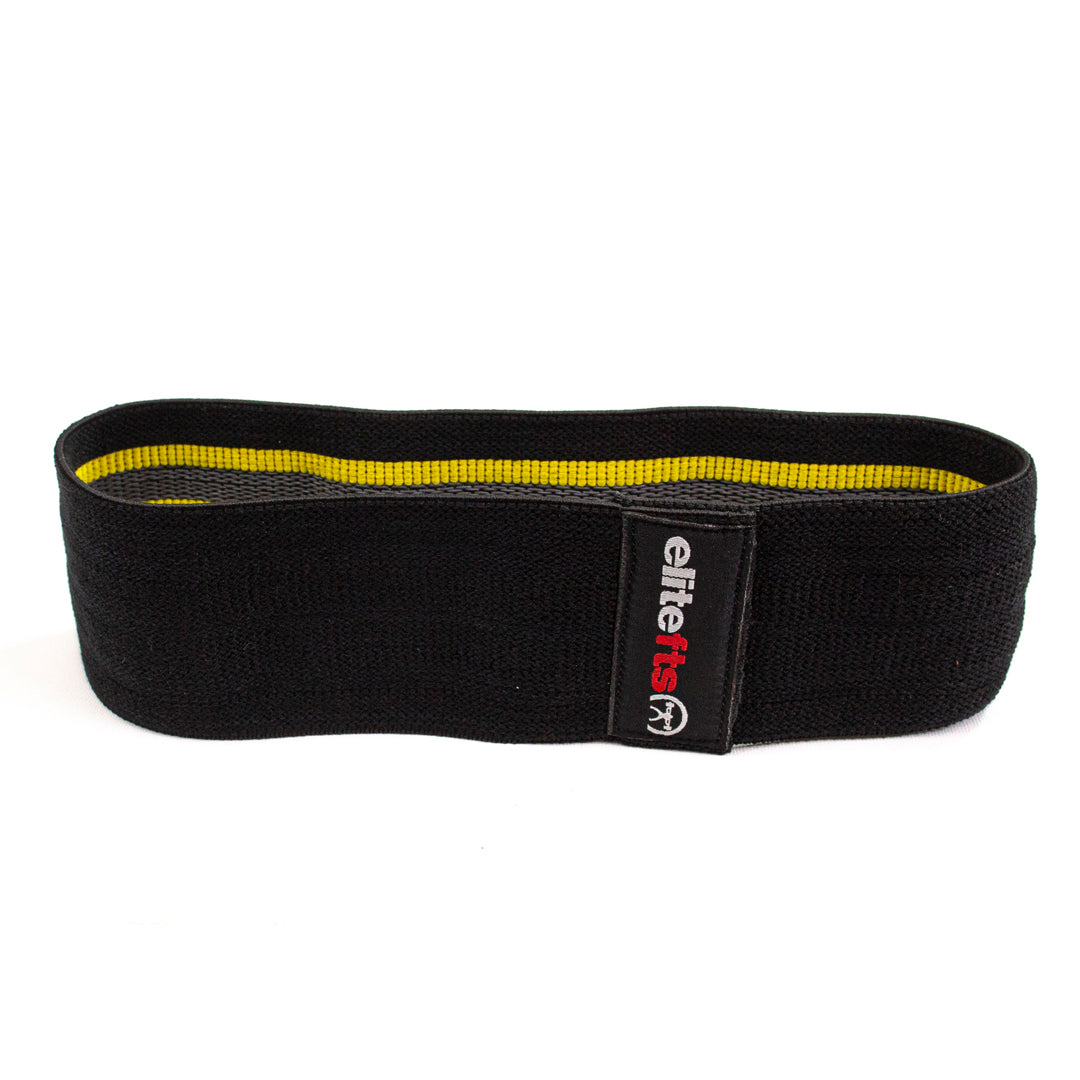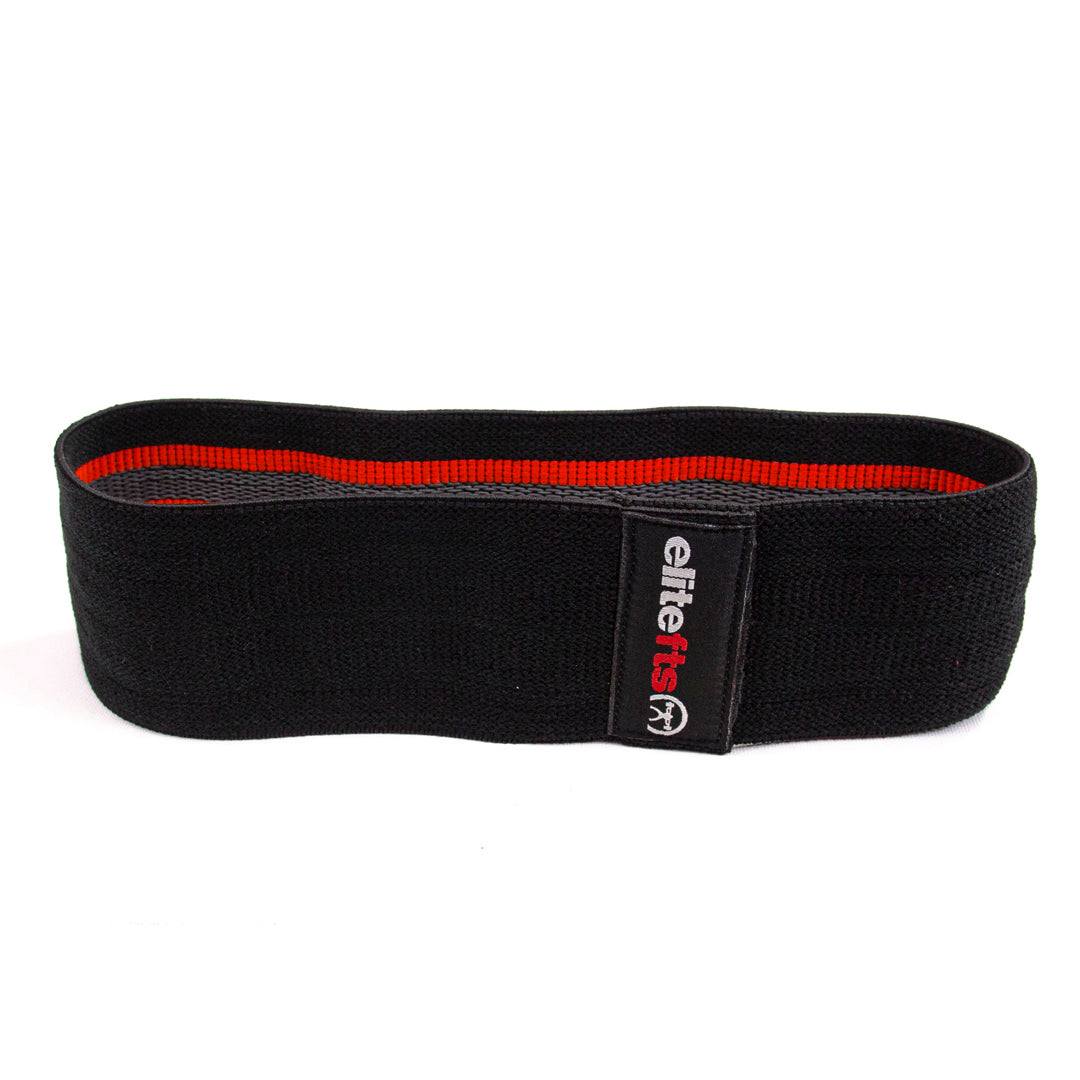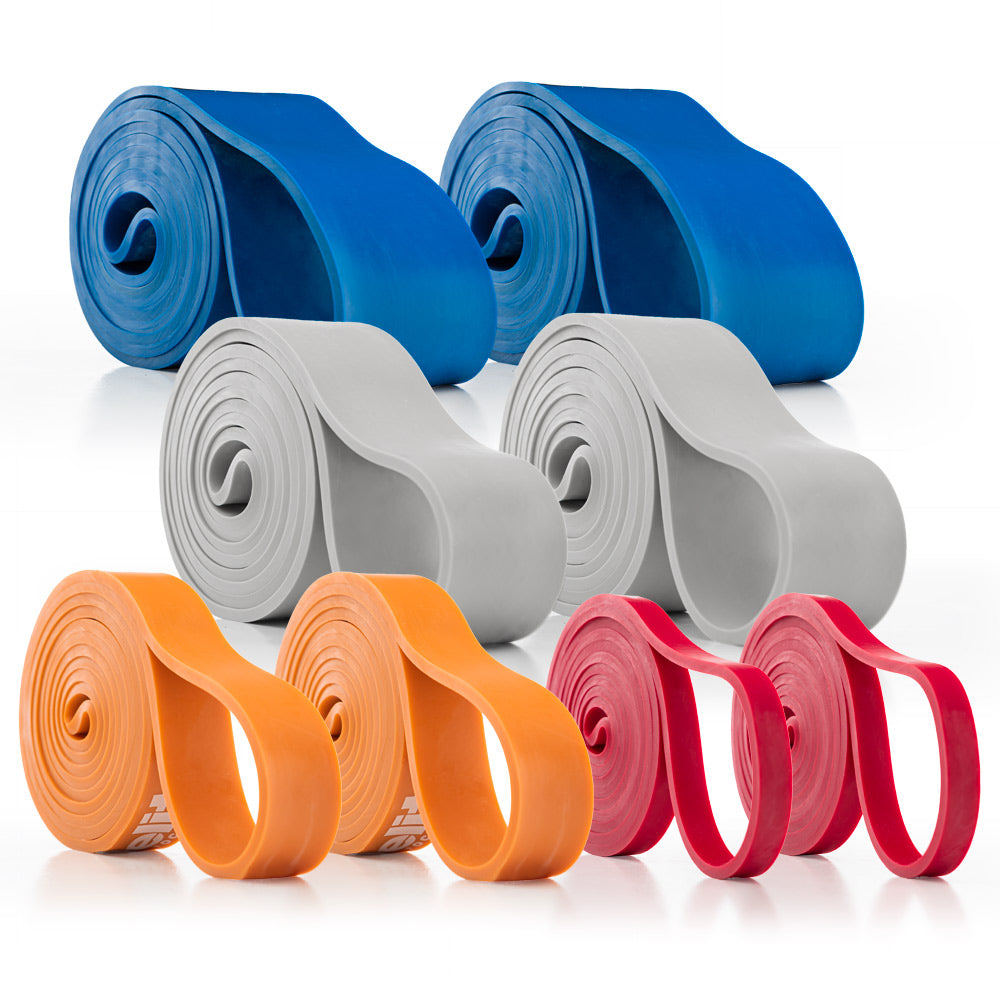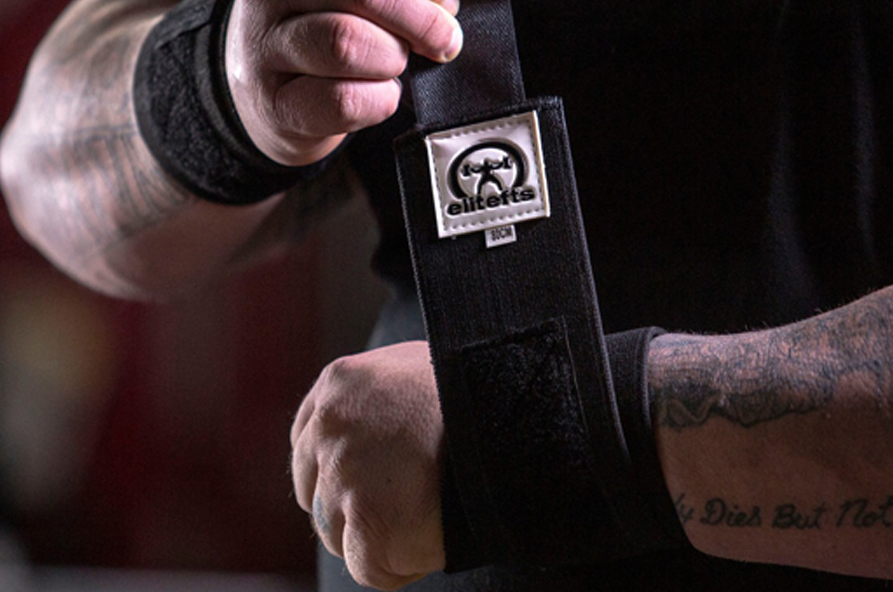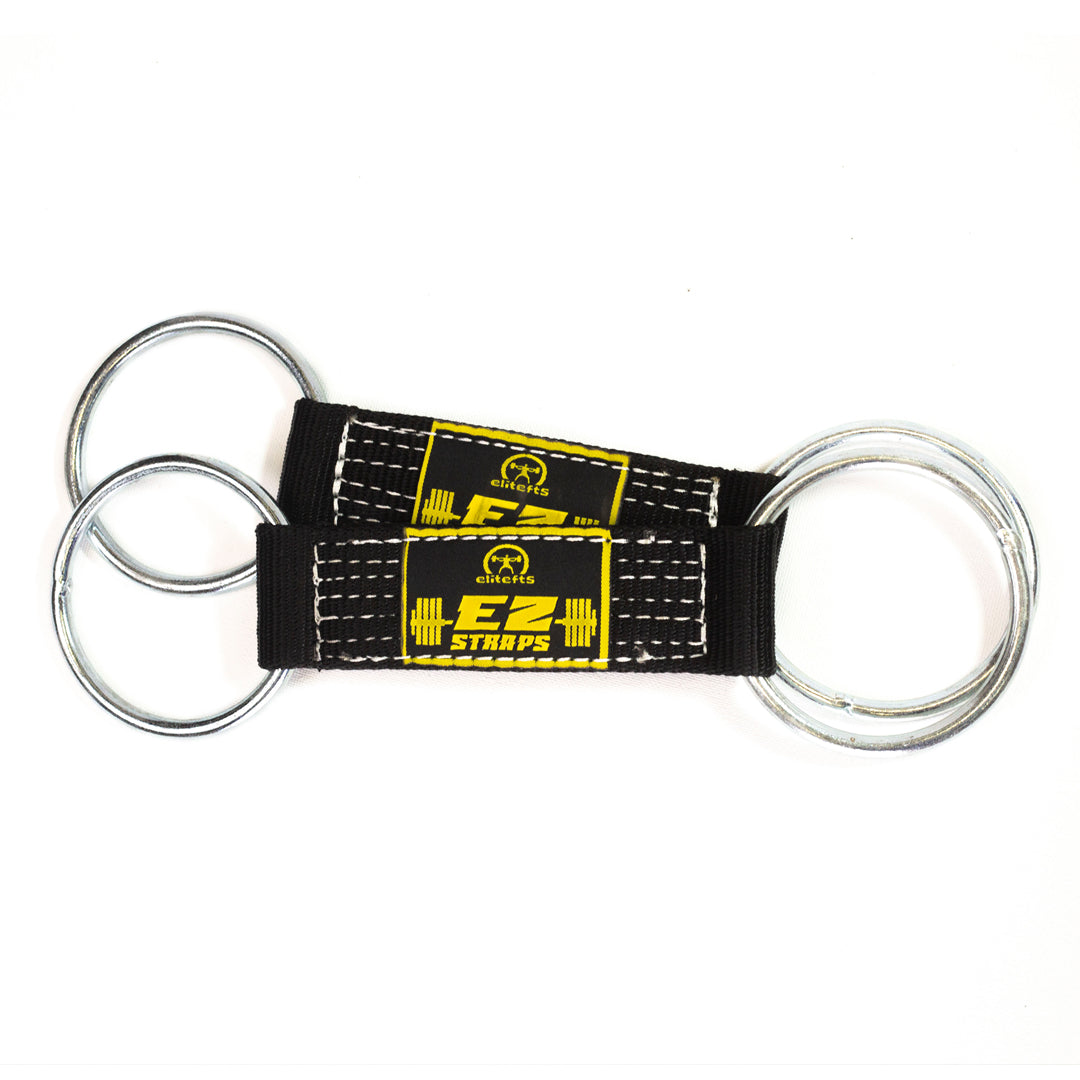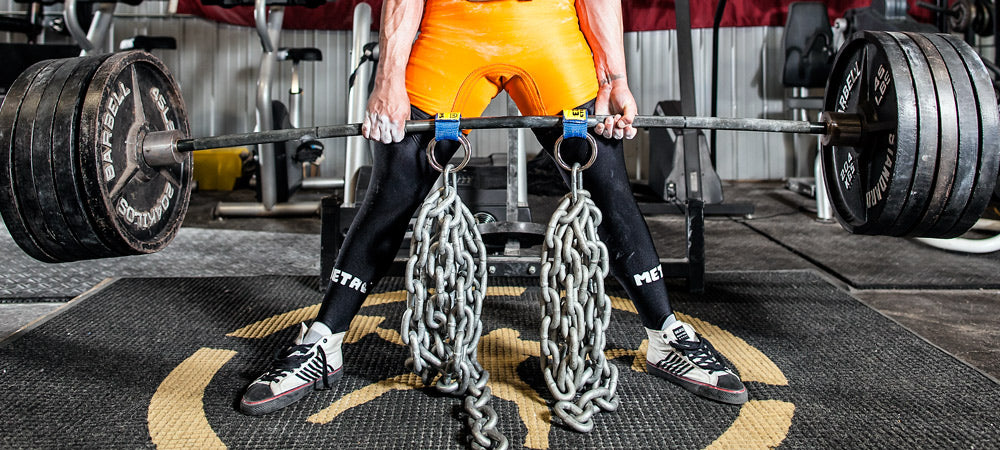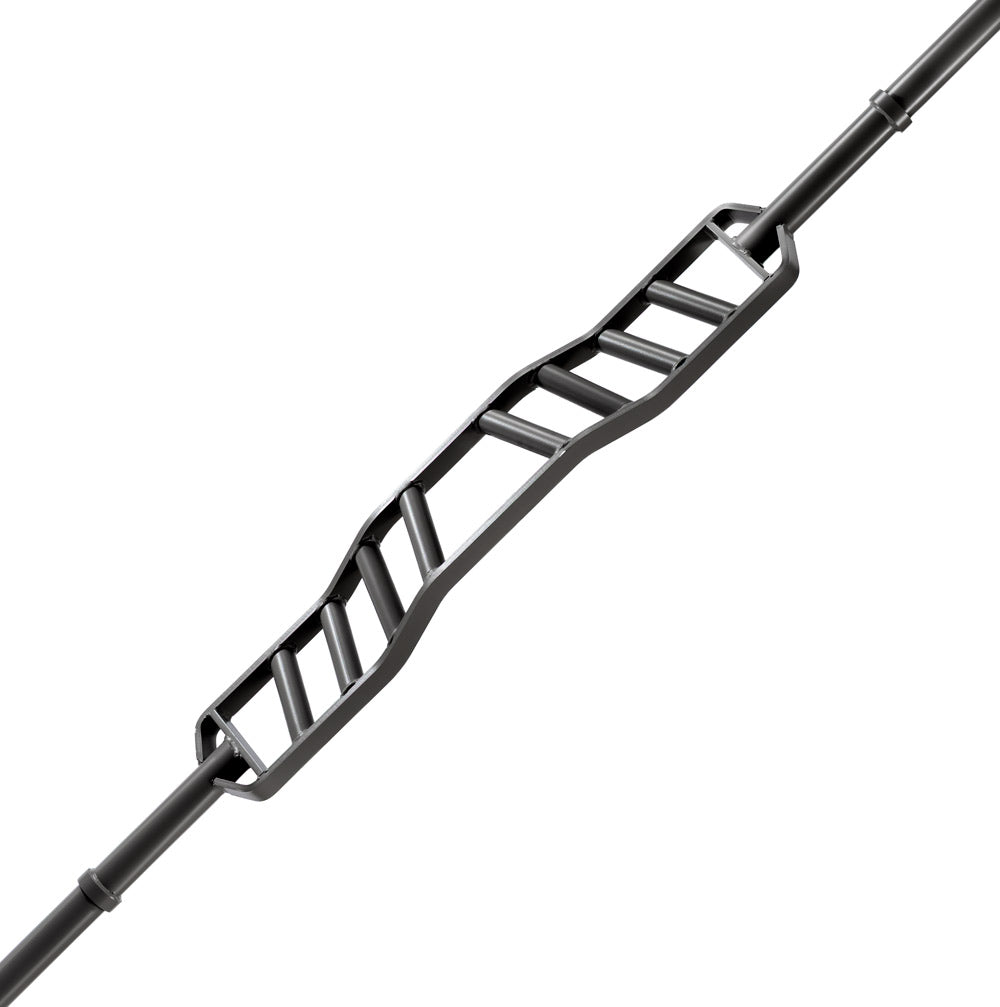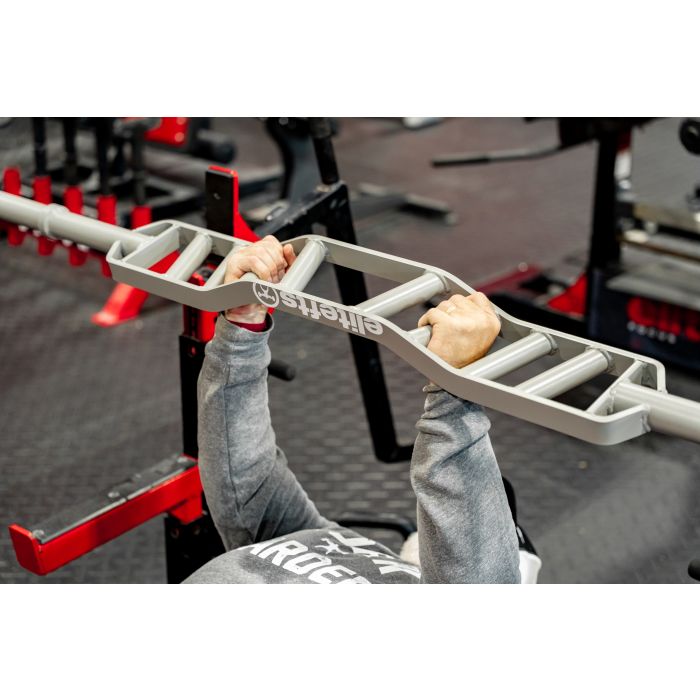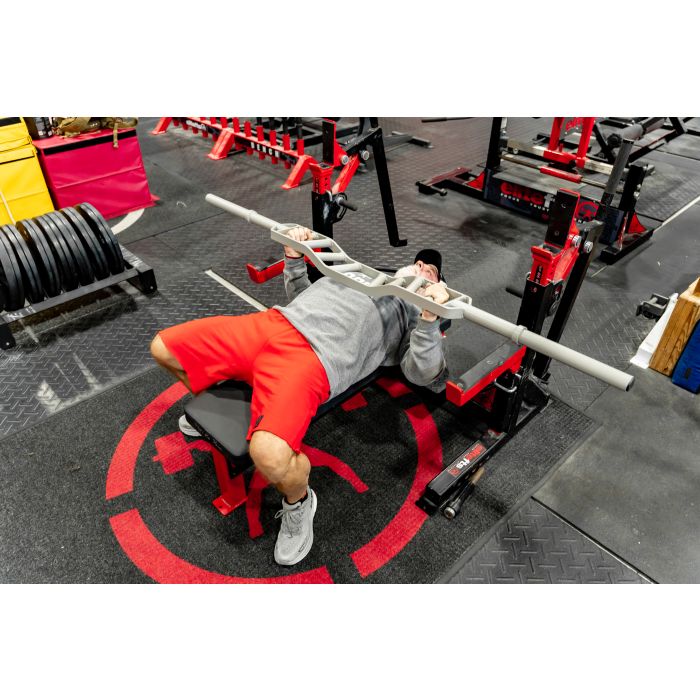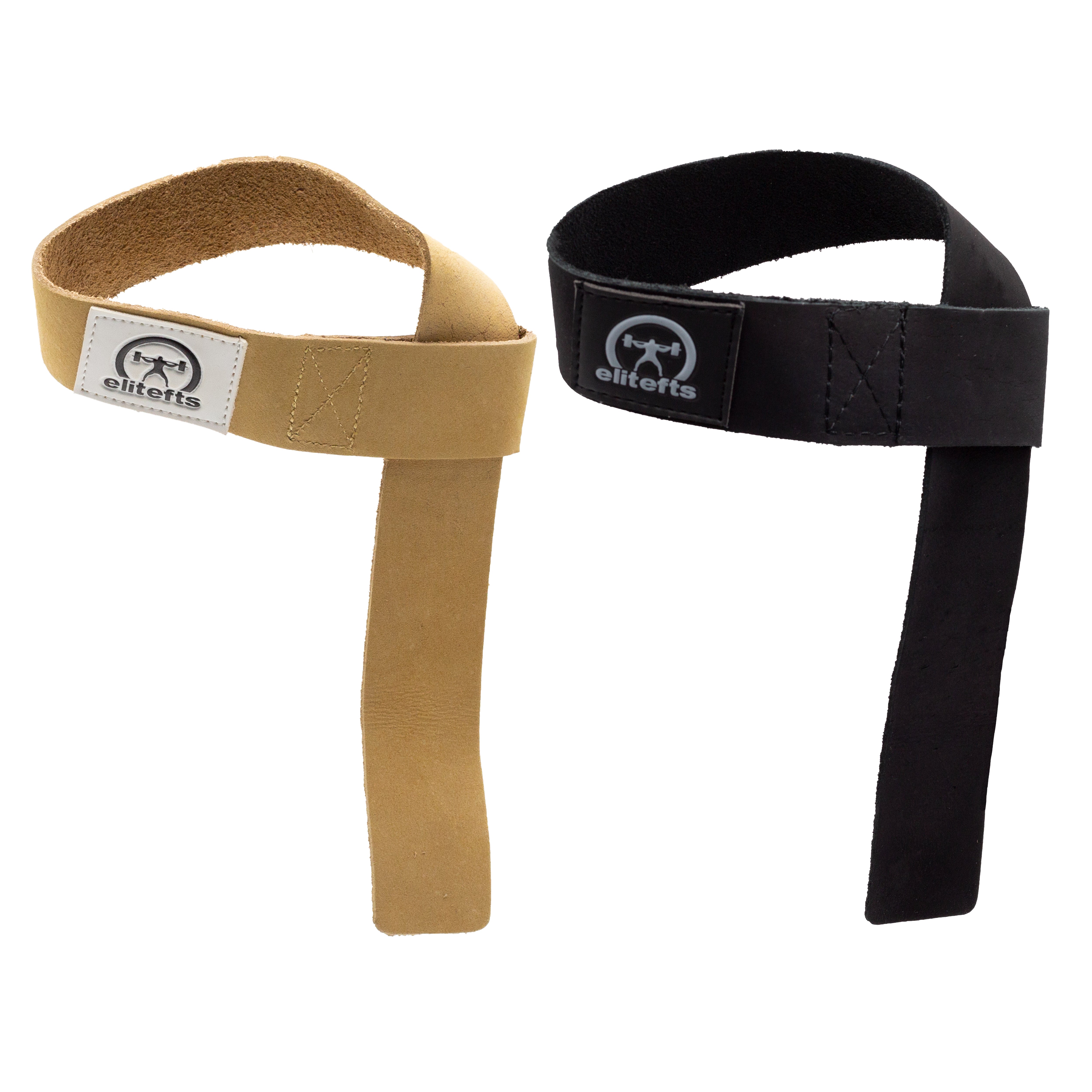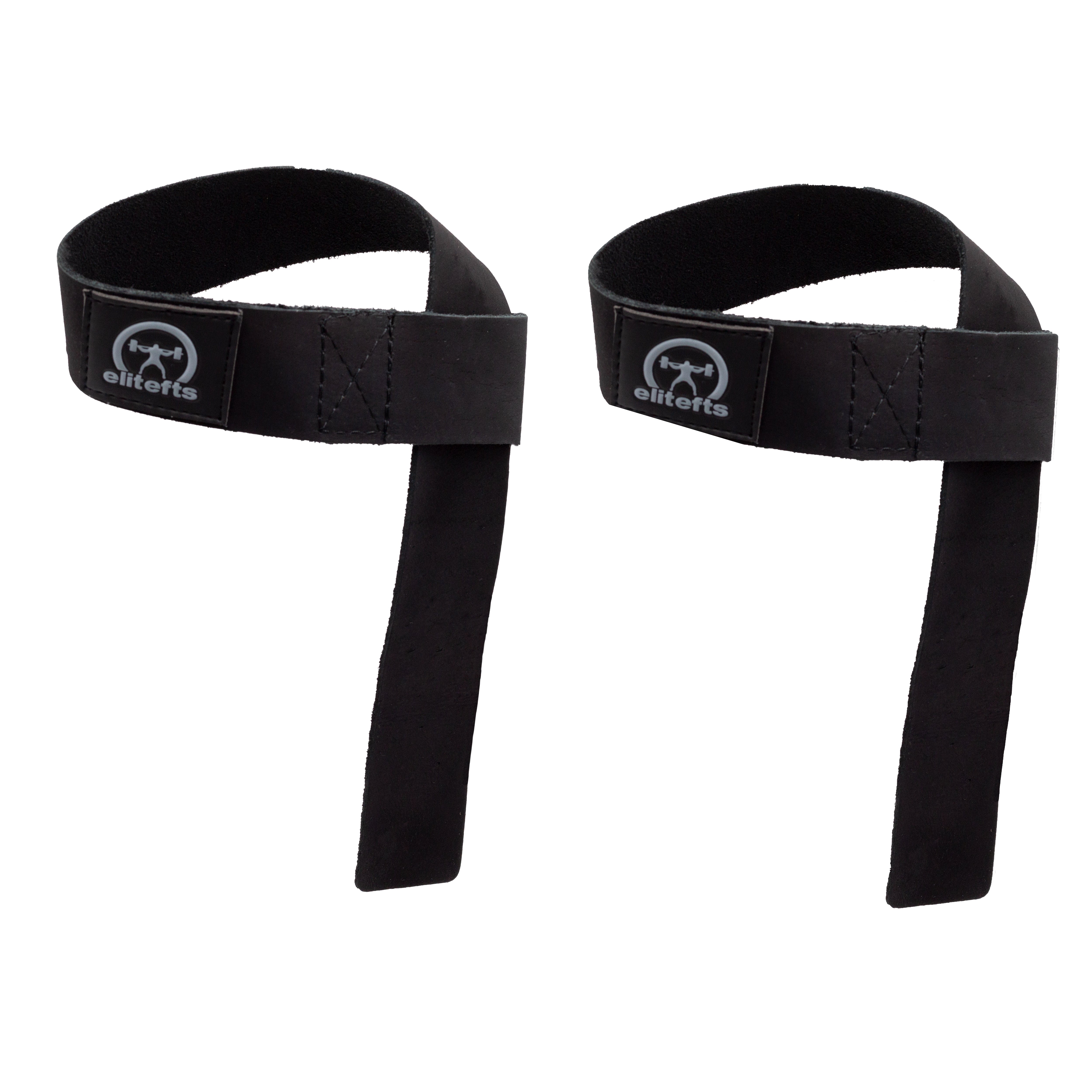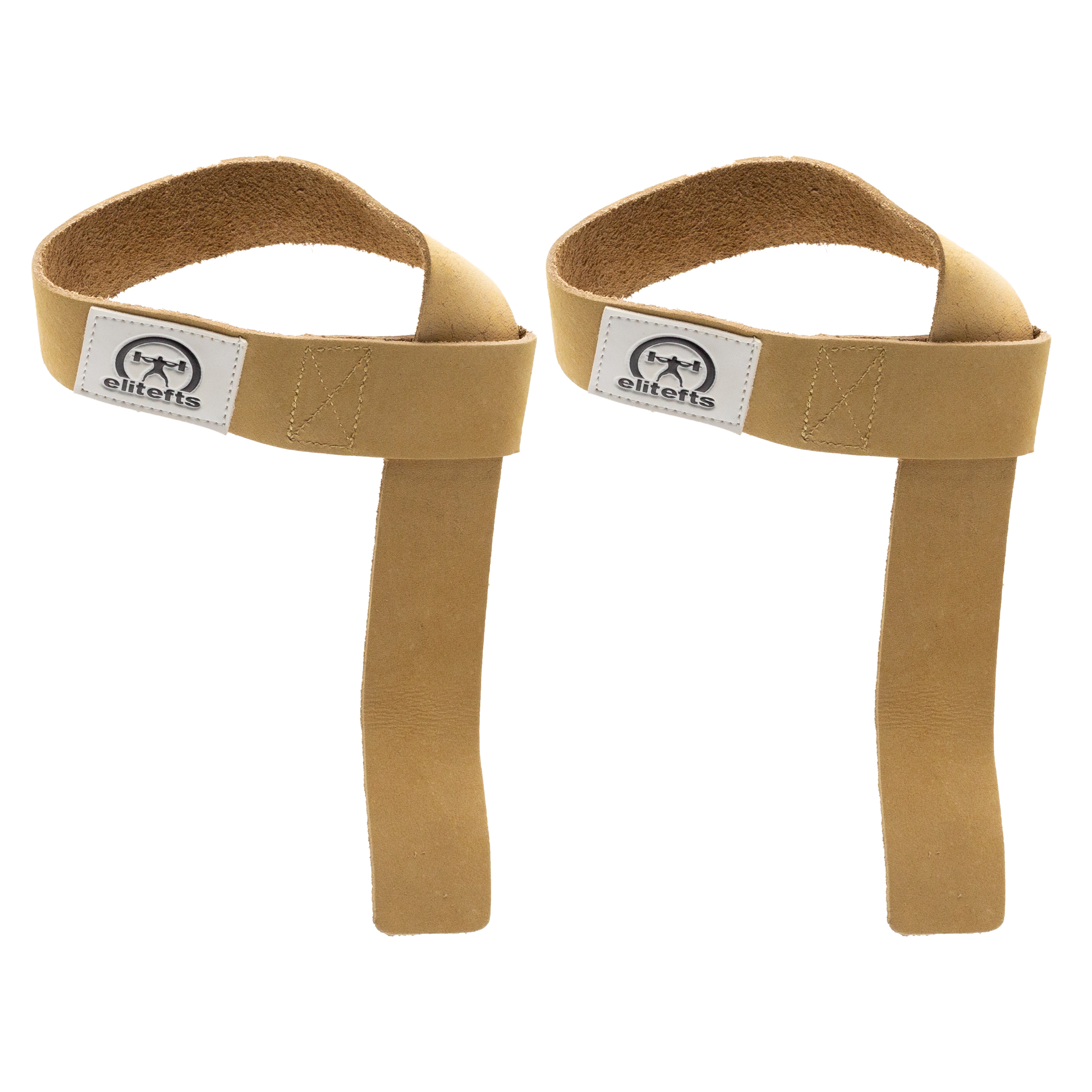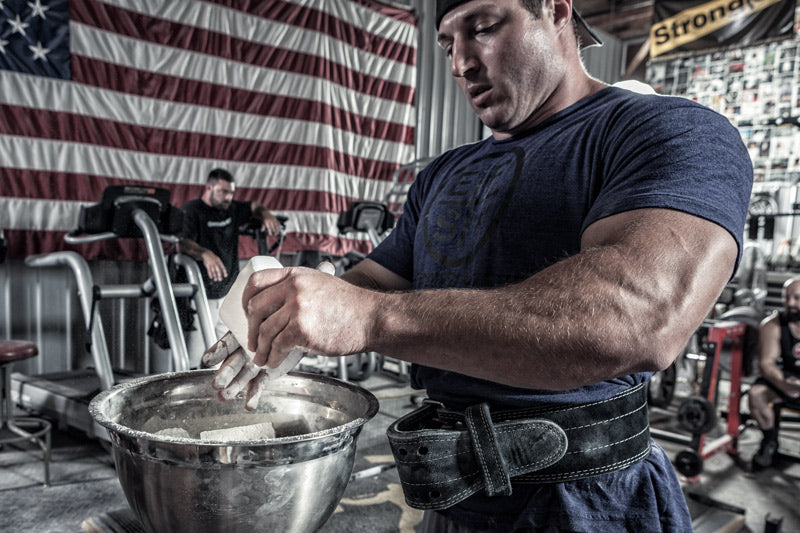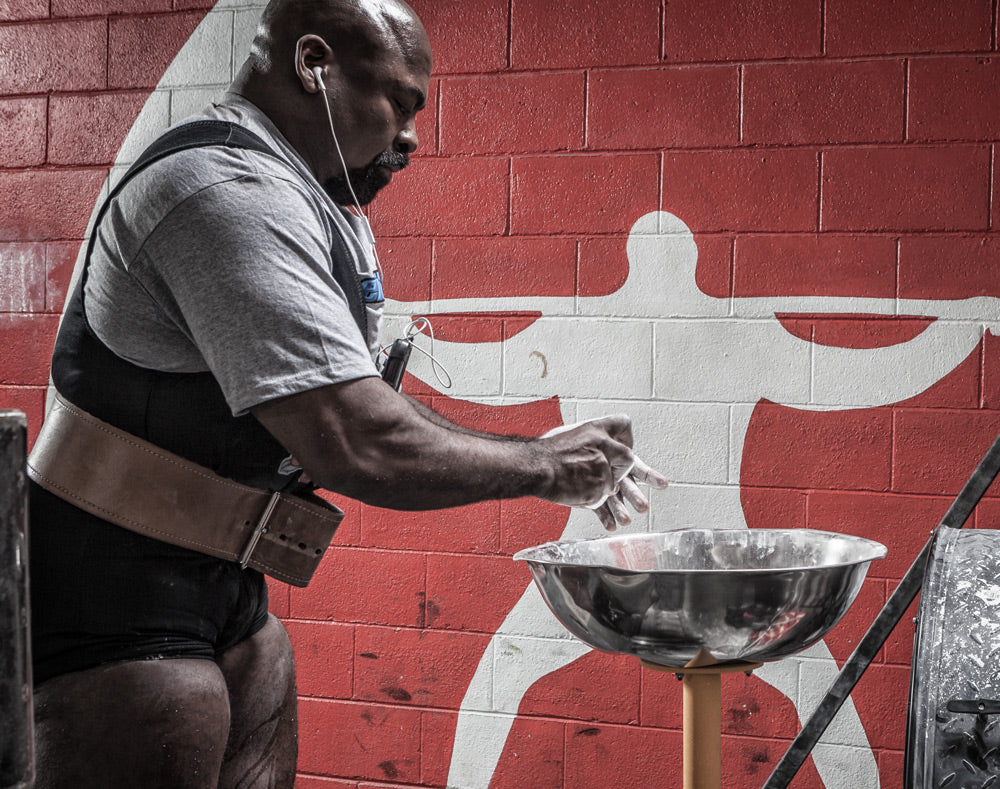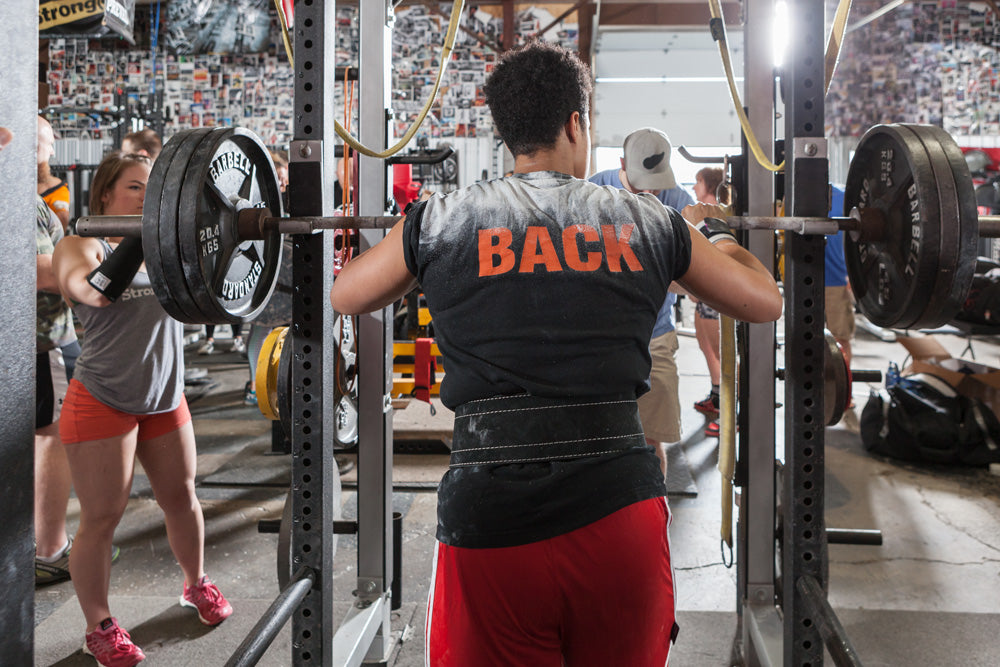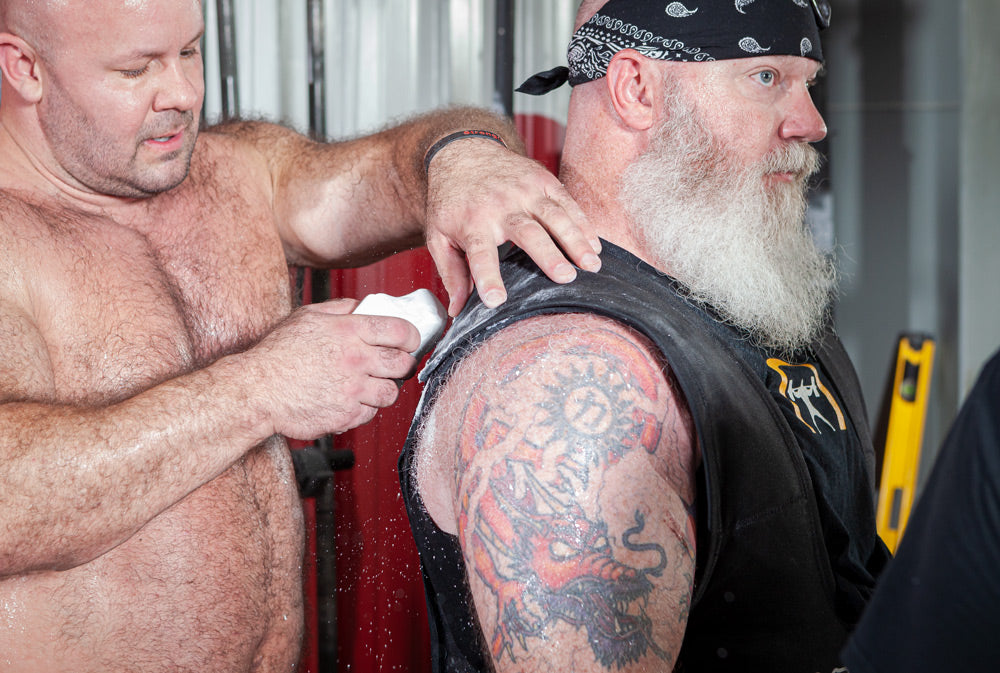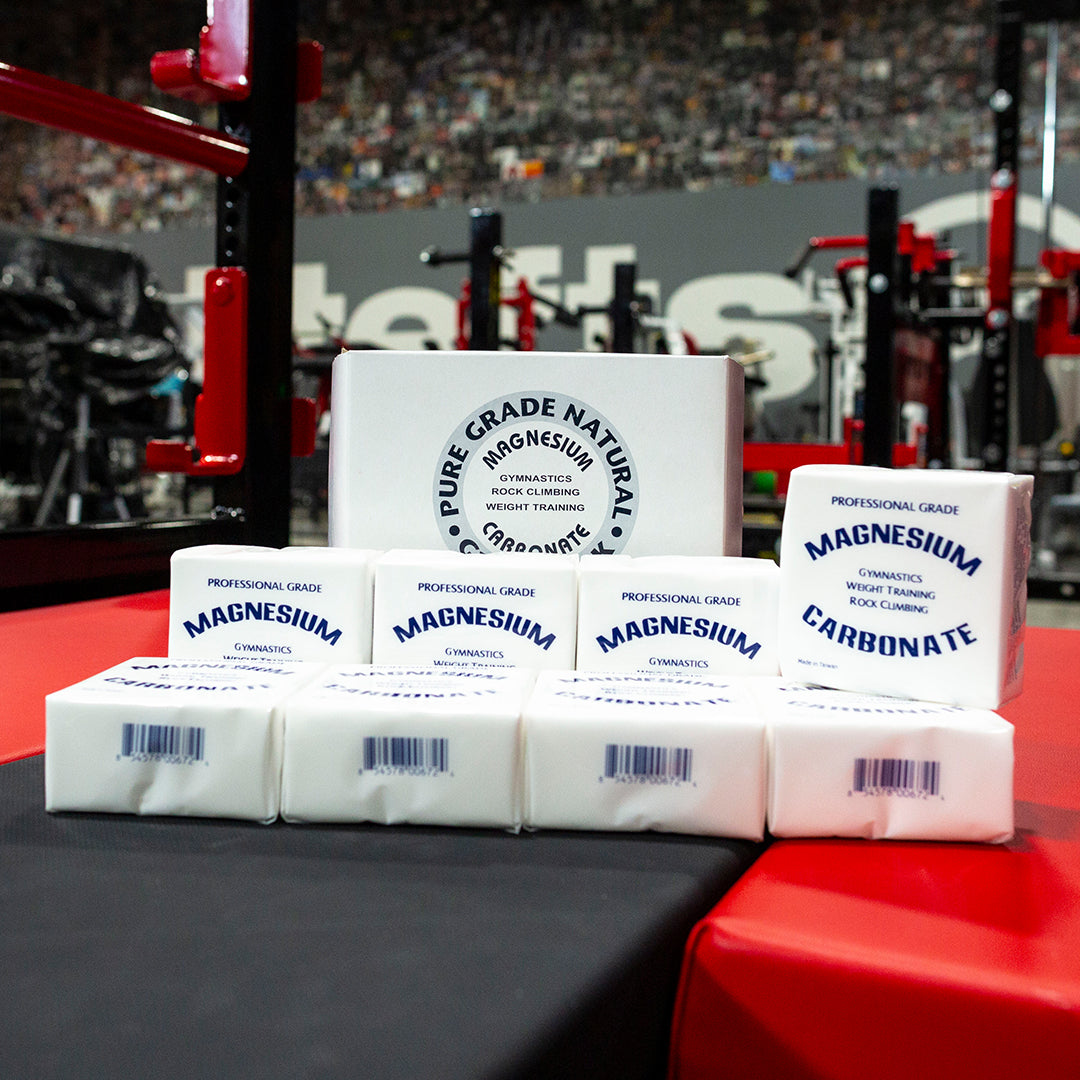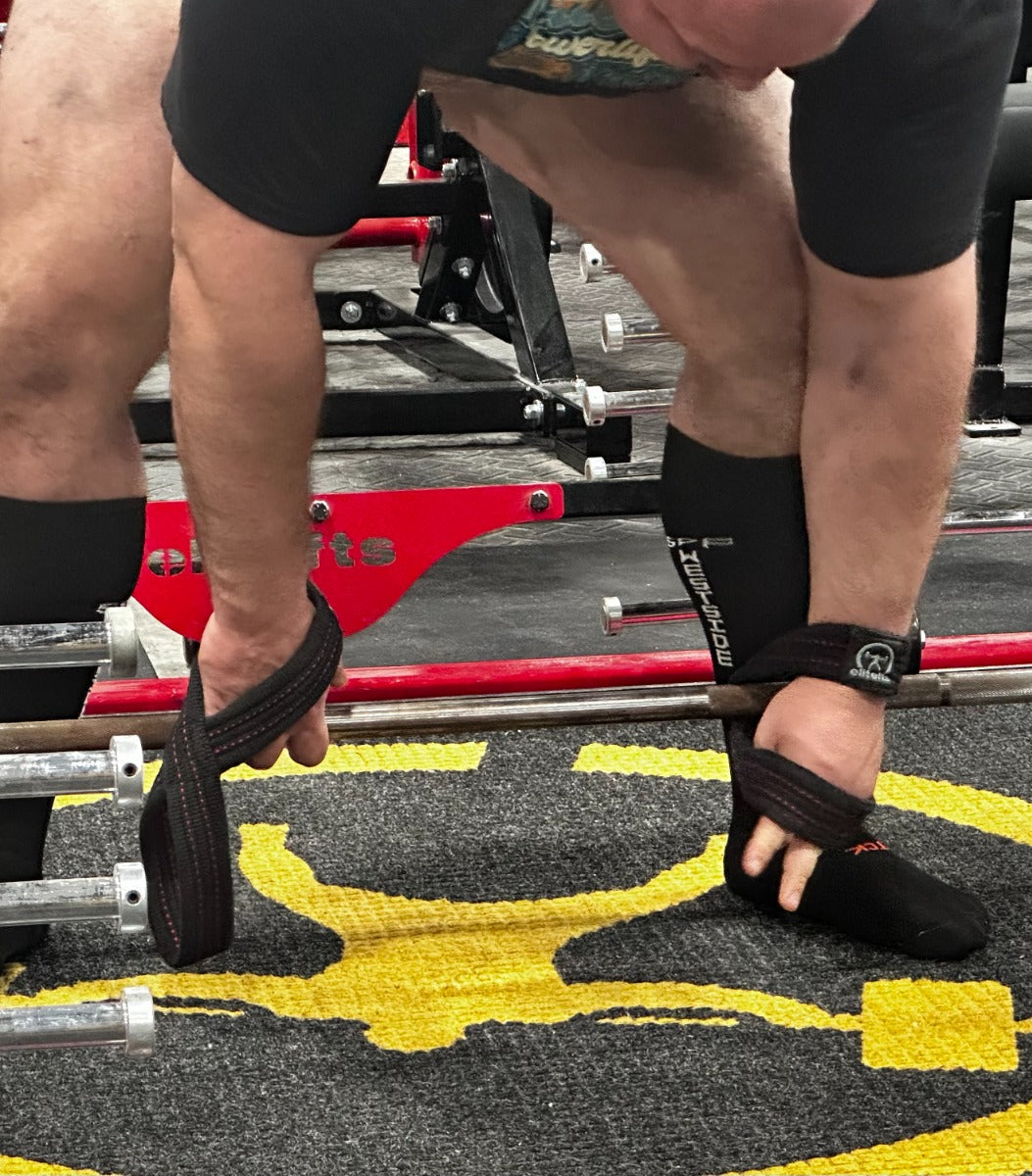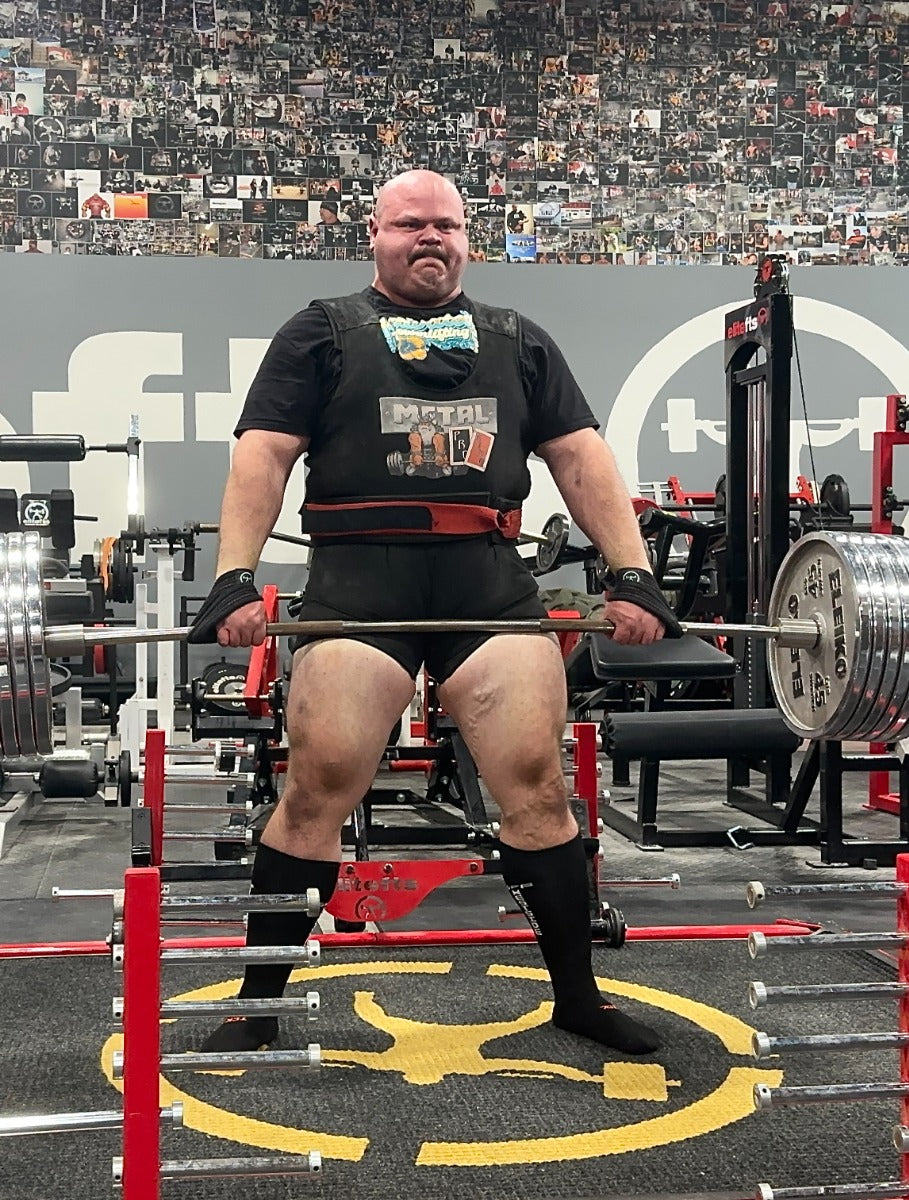Mike Robertson presentation on low back health and the role of different joints in the body and their responsibilities. It was in line with Mike Boyle’s joint by joint approach to training. I have to admit I had been skeptical about guys like Boyle and Robertson. Why? Because for some reason, I didn’t put mobility, activation work, and
foam rolling that high on the totem poll. All I had known since high school was lifting. Not messing around with mobility work. My frustration mounted as I listened to this information. Then Robertson said something that turned on a light bulb. He said, “I would love my clients over the long haul to squat and deadlift…but at the same time I’m not going to risk further injury if they aren’t moving in an acceptable fashion.” Listening to this, I realized that Robertson was right. The less emphasis we put on things of high importance such as quality movement while training, the quicker it will bite us in the butt, impeding any progress. The unwillingness to understand is plain stupidity. This is the basis of my article. It would be nice to know exactly what we need in our training to provide our bodies with the exact stimulus we need at the exact time. However, there is a problem. We aren’t God. Only God can tell you exactly what your body needs and when, but I’m pretty sure he isn’t as interested in lifting as we are. Obviously, with lifting experience comes knowledge about programming, restorative means, and what you should do and when. Individuals such as
Dave Tate, Dan John,
Jim Wendler, Buddy Morris, James Smith, Mark Rippetoe, Louis Simmons, Paul Chek, and Charles Poliquin are amazing resources. However, I’m certain that they’ve gone through mistakes as well in their own training to get to where they are today. That’s what makes them who they are. If they hadn’t pushed the boundaries and challenged themselves or their way of thinking, we’d be making the mistakes they had never made. We’ve evolved with the gift of trial and error. We must expose ourselves to what we believe will work for us to achieve our goals. We must have a plan but also understand the obstacles that can be in the way of reaching that objective. If we were to neglect something like mobility, wouldn’t this affect our ability to squat correctly and produce power from our hips? Wouldn’t it cause a potential chain of events such as lumbar flexion and compression, poor muscle recruitment, poor movement patterns, and the inability for future muscle growth due to injury? If something is missing in your training, address it. This is the battle we face, the willingness to get it wrong. That is the only way. We improve upon that which moves us forward in our training, accounting for what worked and what didn’t during our time spent willing to fail. At least we tried something before we drank our Haterade on what we once thought sucked and wasn’t worth the time. No one is necessarily wrong in this game. What is wrong is an unwillingness to try things that may actually get us performing better. I’m giving a shout out to the Taco-Drol boys. At least you’re trying tacos for size gains. I’d like to end with this short story. In 1974, Hank Aaron was five home runs away from passing Babe Ruth’s all-time home run record of 715. The late, great, motivational speaker and author, Og Mandino, had phoned the Braves organization during this time to ask a peculiar question. He asked how many lifetime strikeouts Hank Aaron had acquired. Somewhat taken aback on the other side of the phone, the young man replied, “Strike outs, sir?” Og answered, “Yes, how many strike outs?” The young man took several minutes before he got back on the phone. “Mr. Mandino, are you still there?” “Yes, I’m here,” replied Og. “Hank Aaron currently has 1,262 strike outs.” Hank Aaron had acquired over 1,262 strike outs during his career. That meant he had to strike out almost twicefor every time he hit one out of the park. Keep swinging. Sooner or later you’ll get it right.

